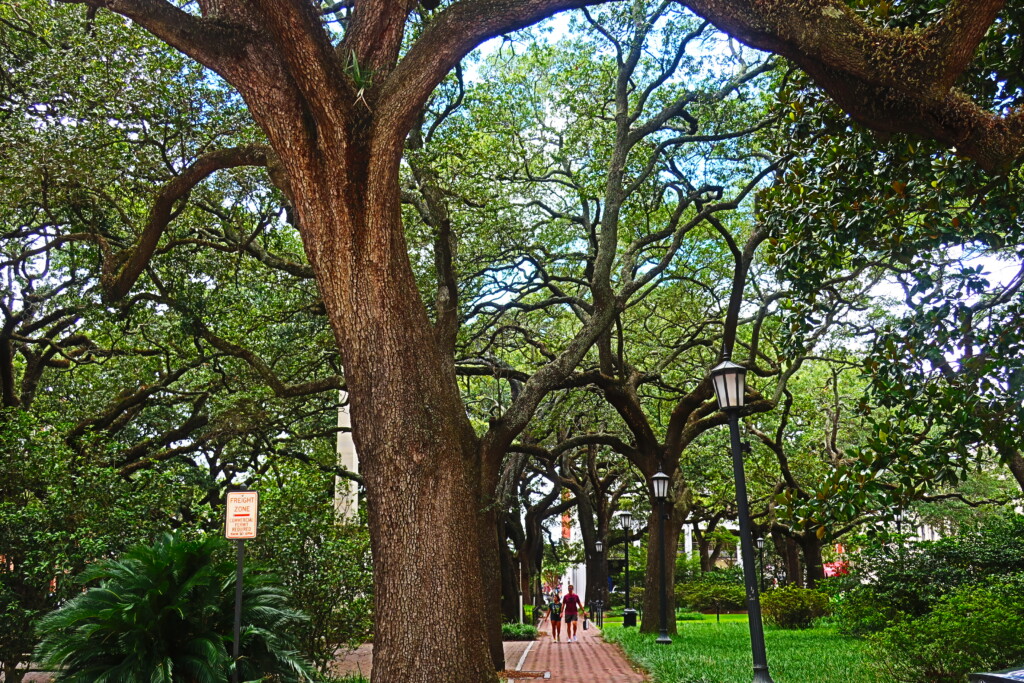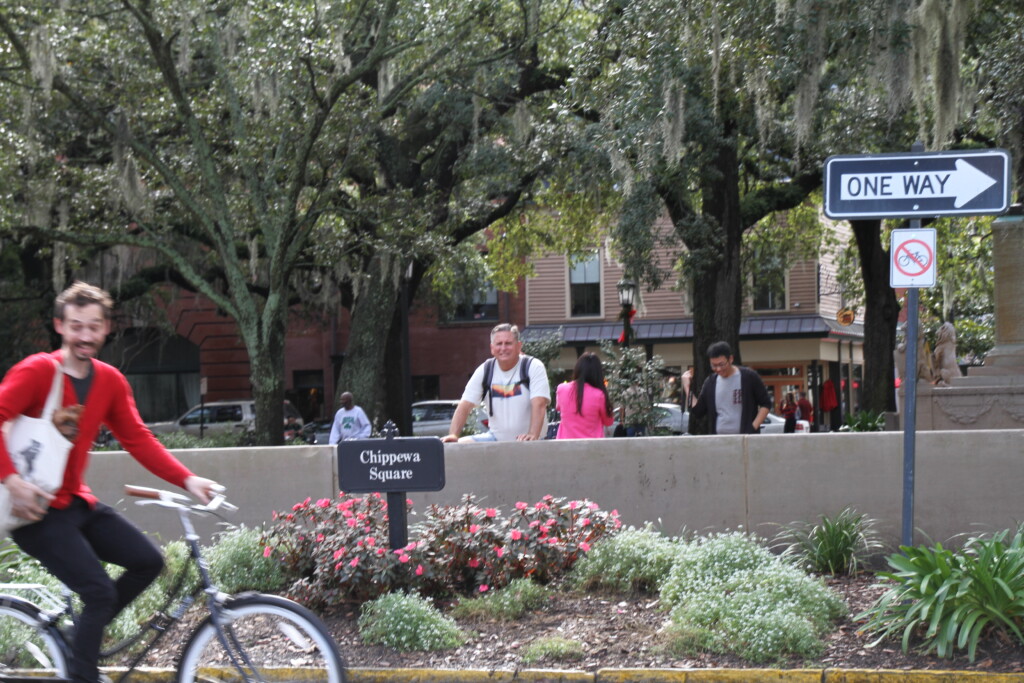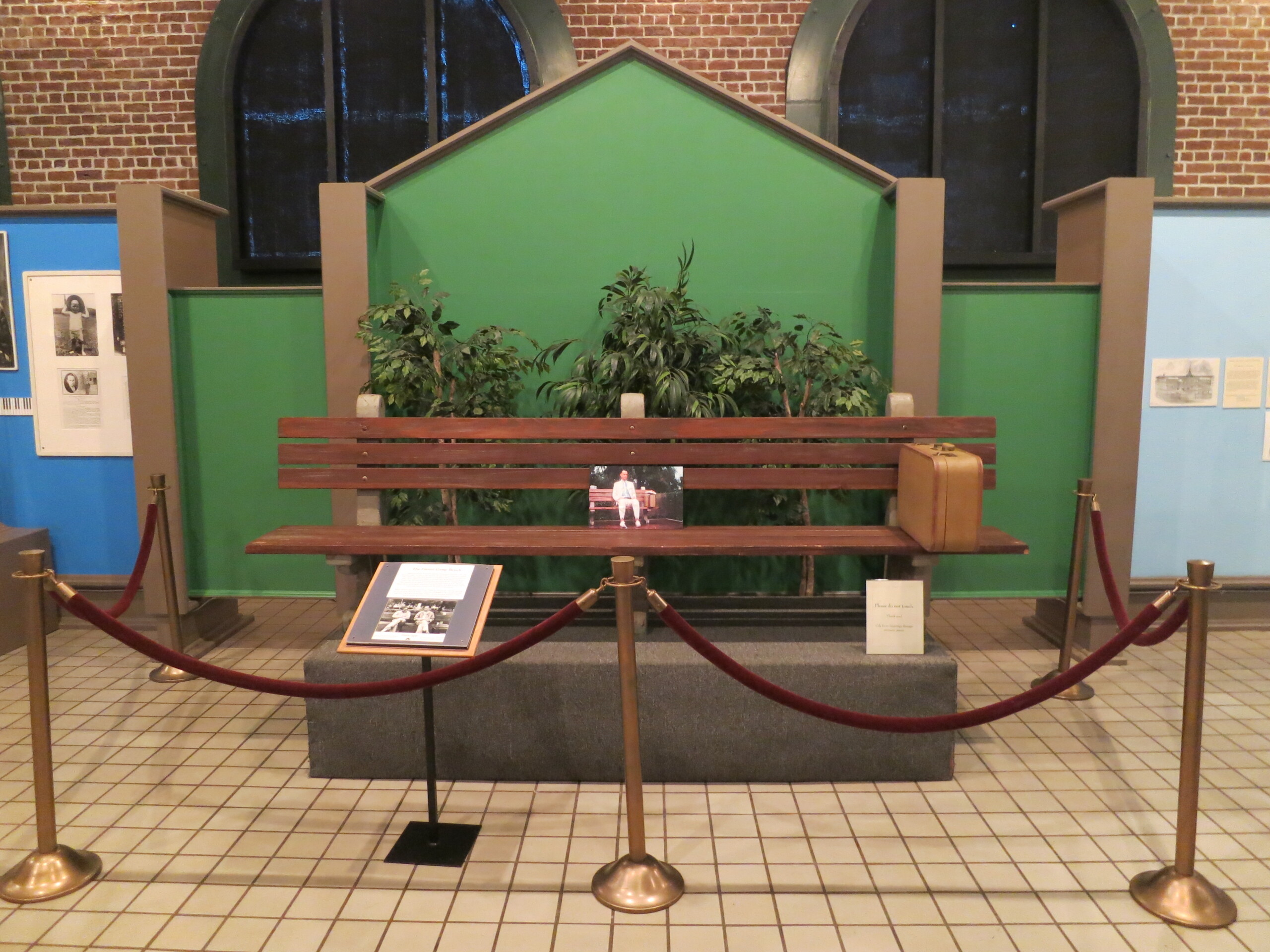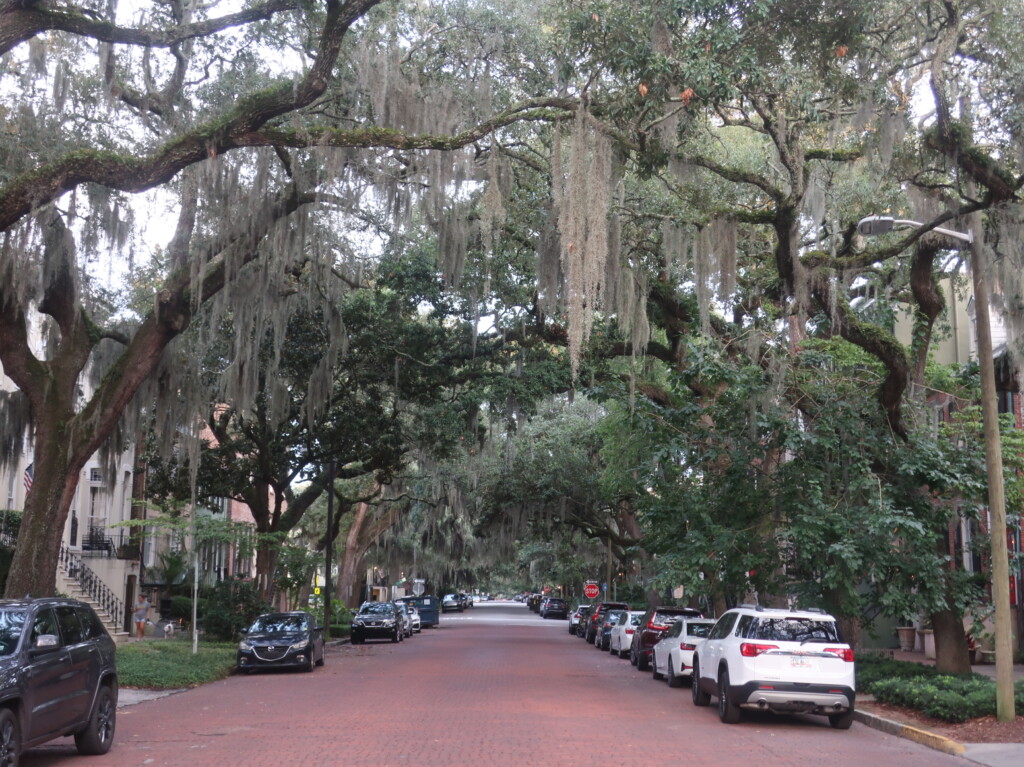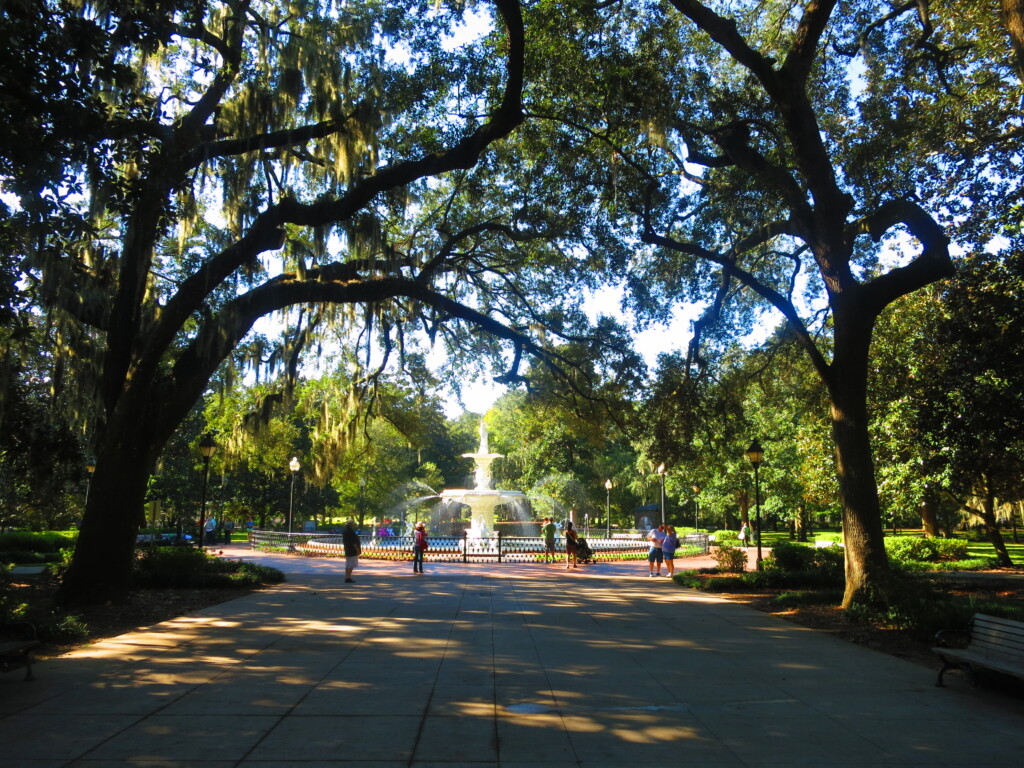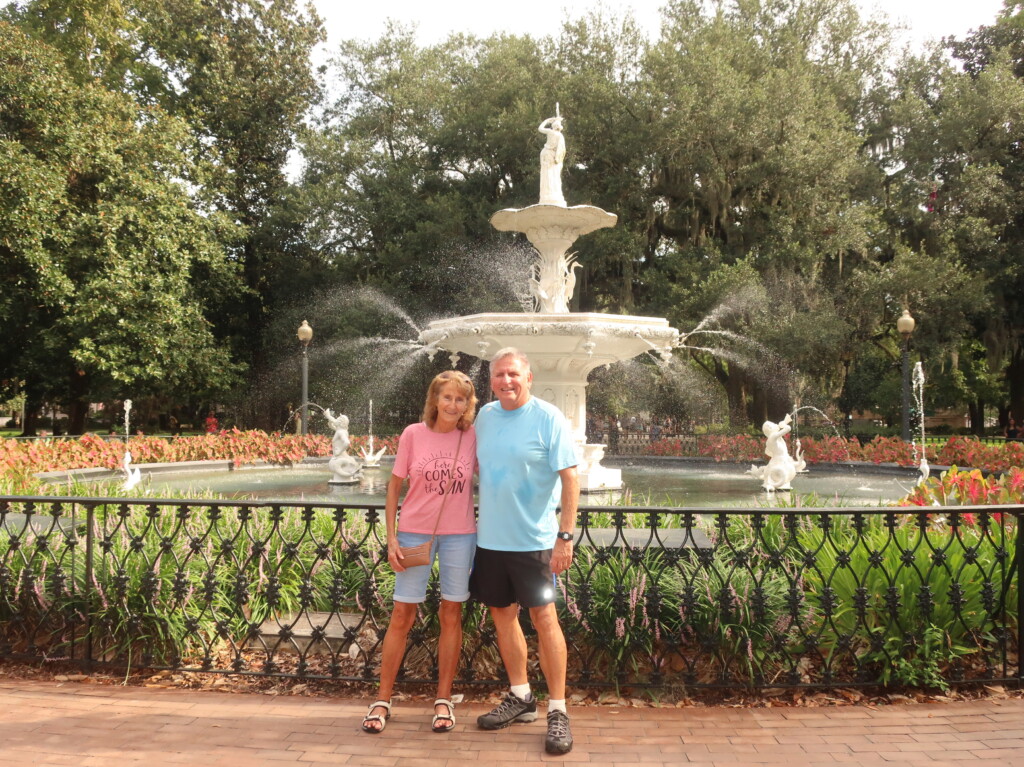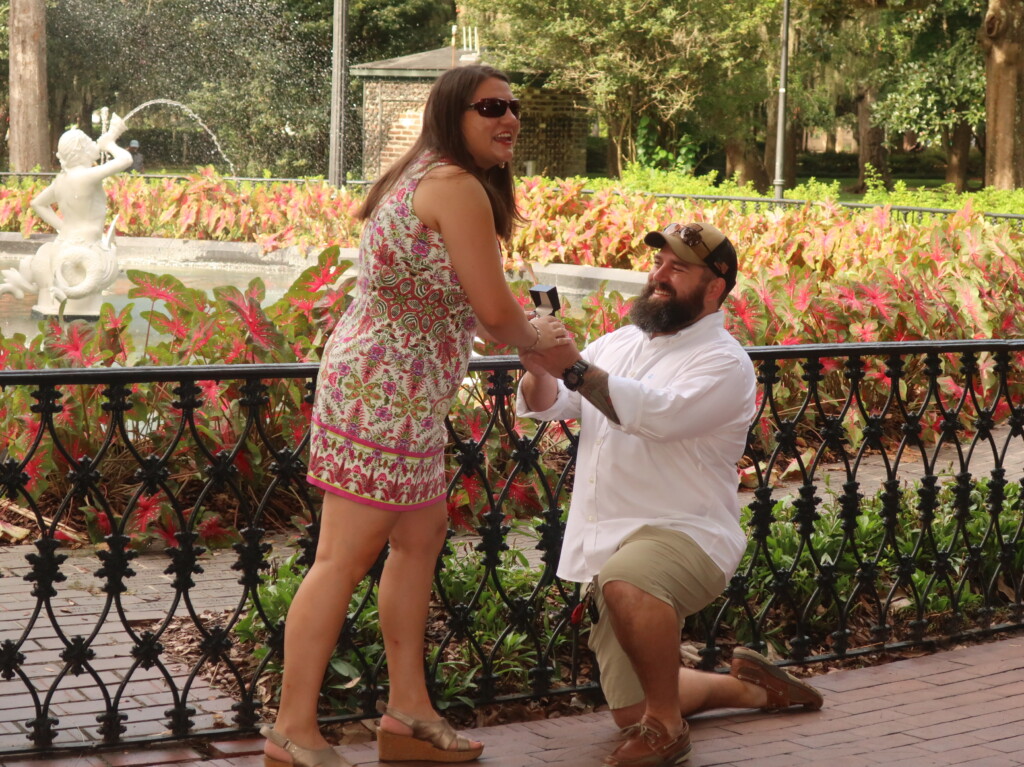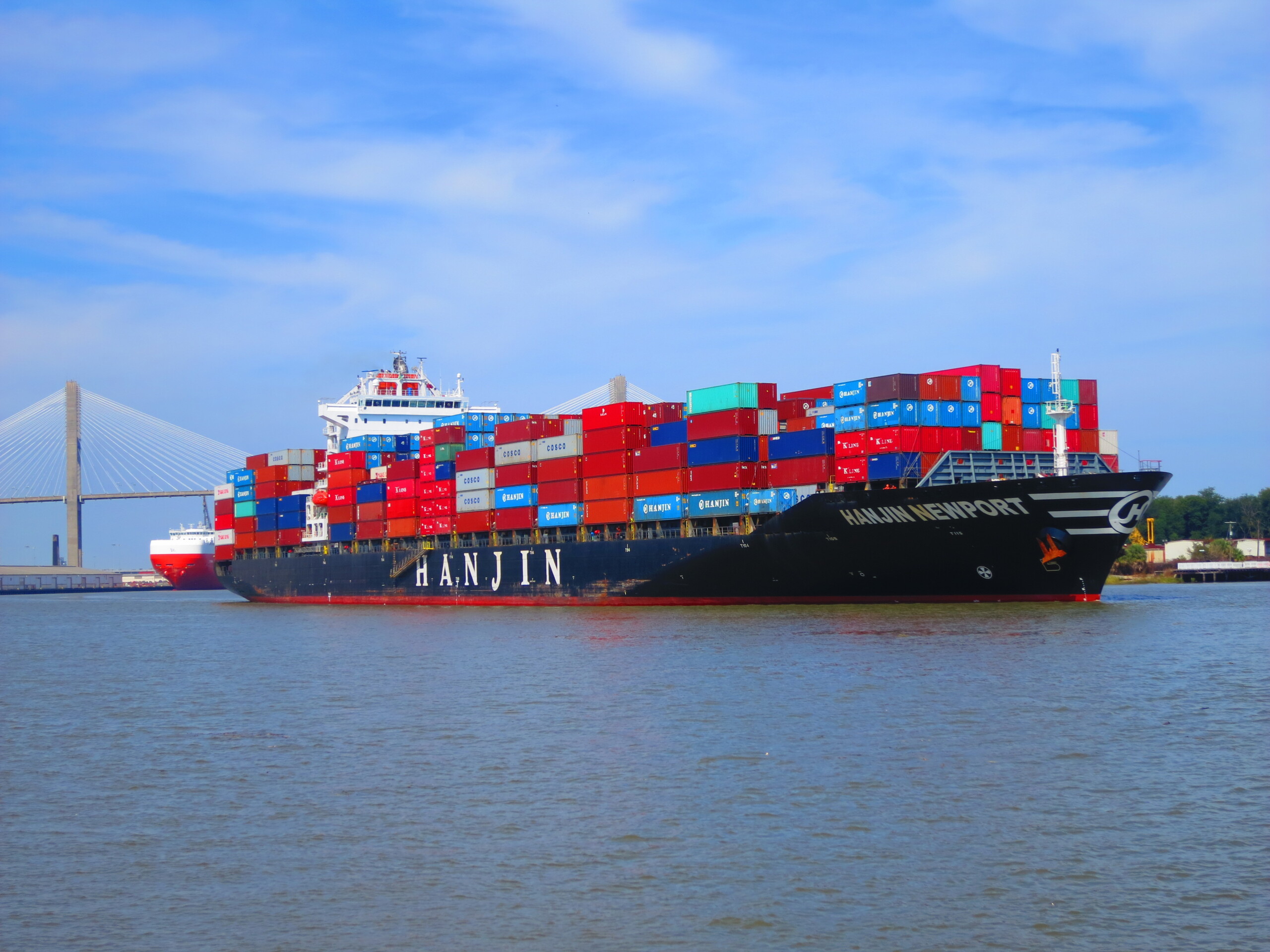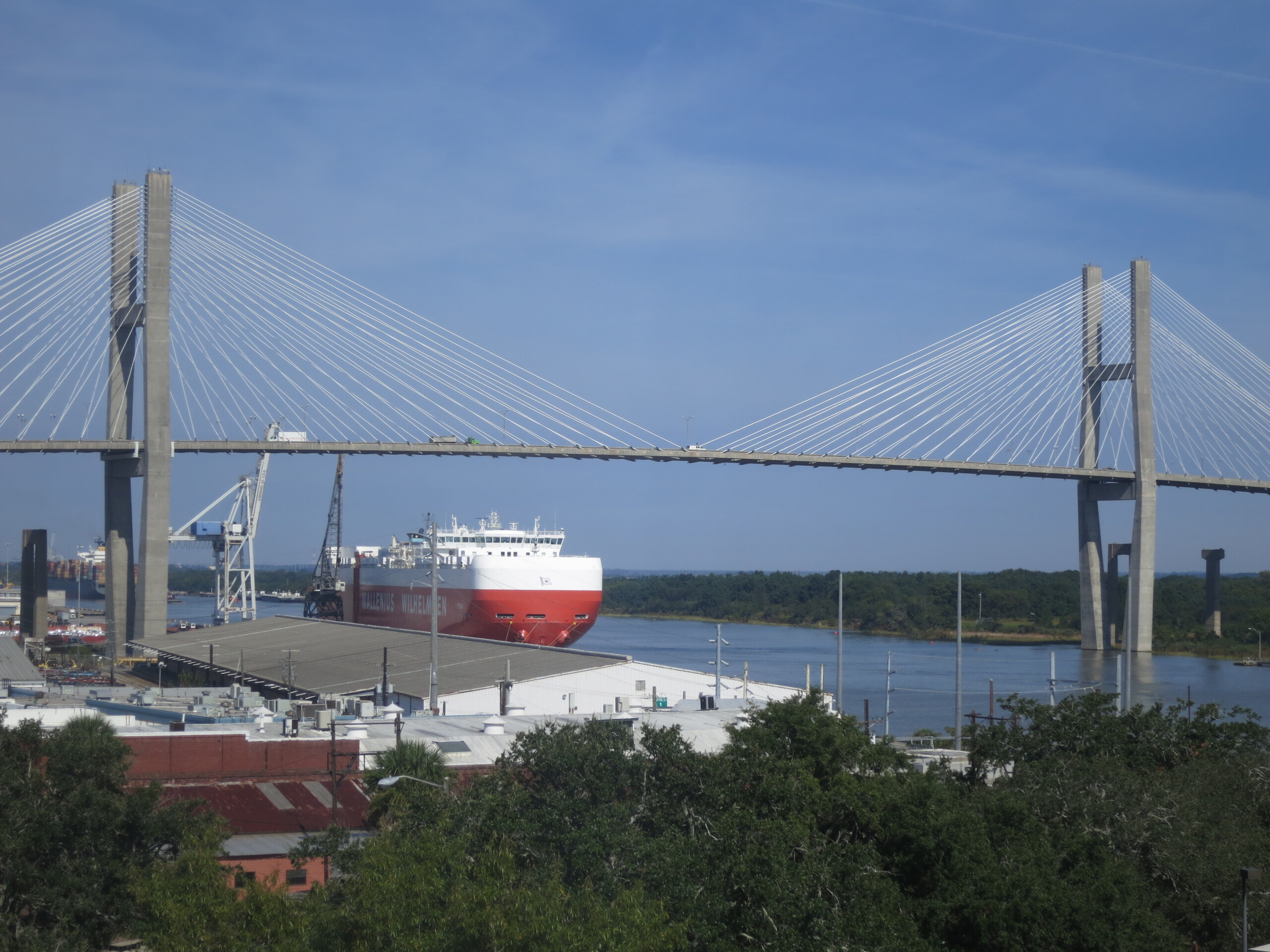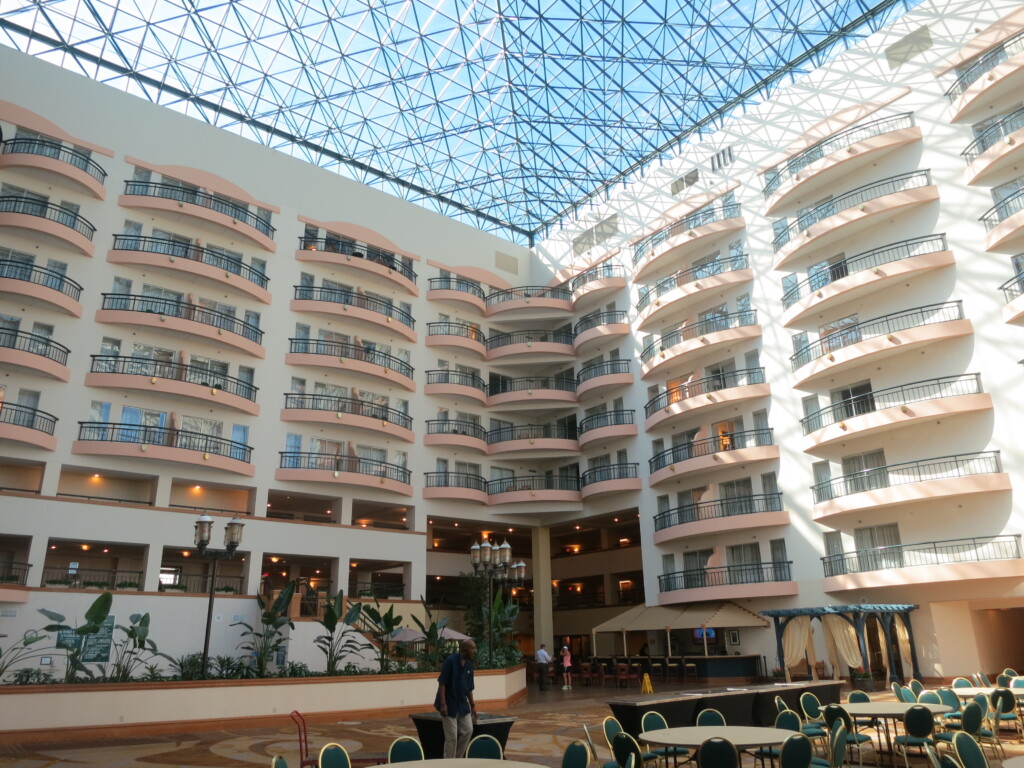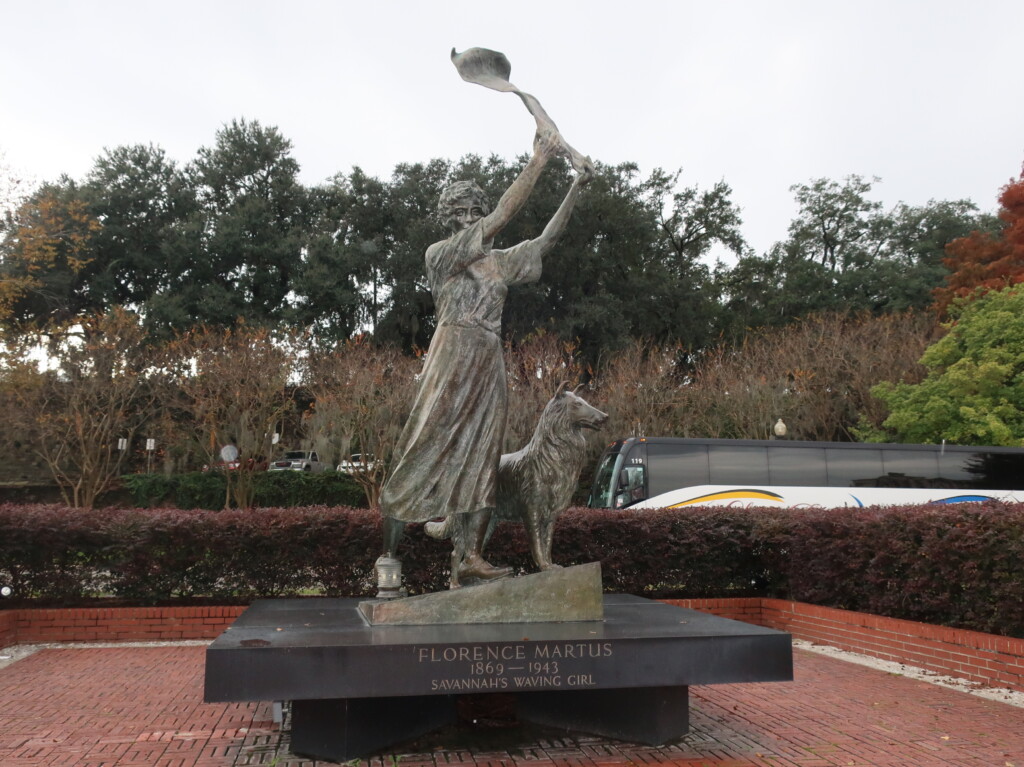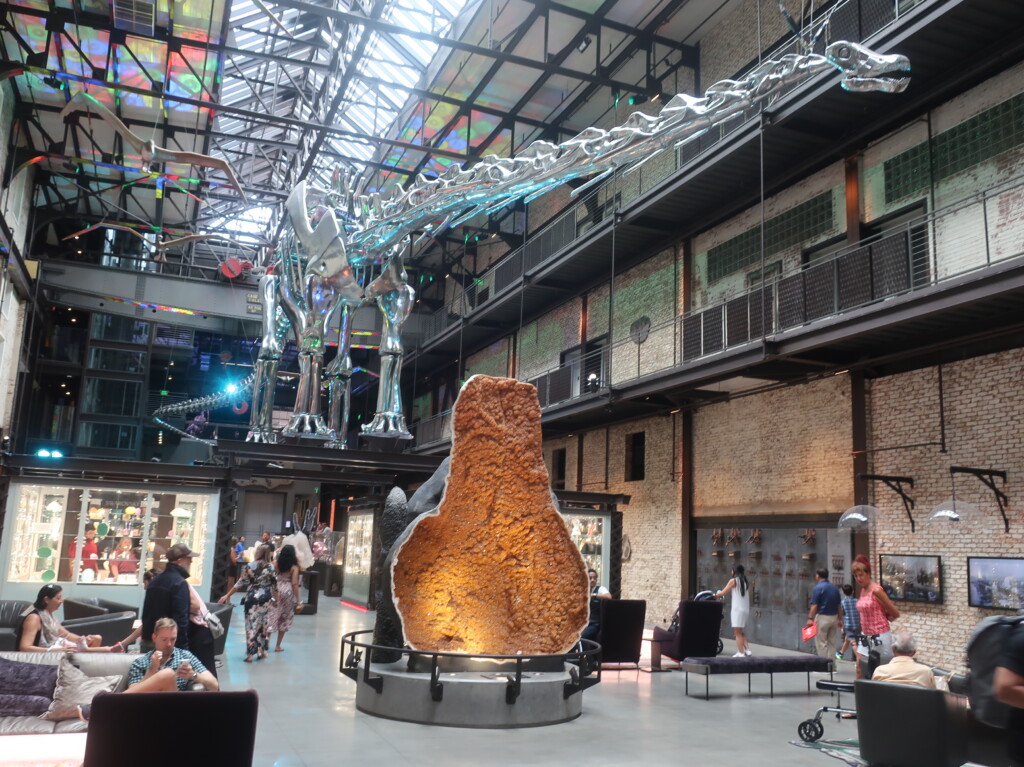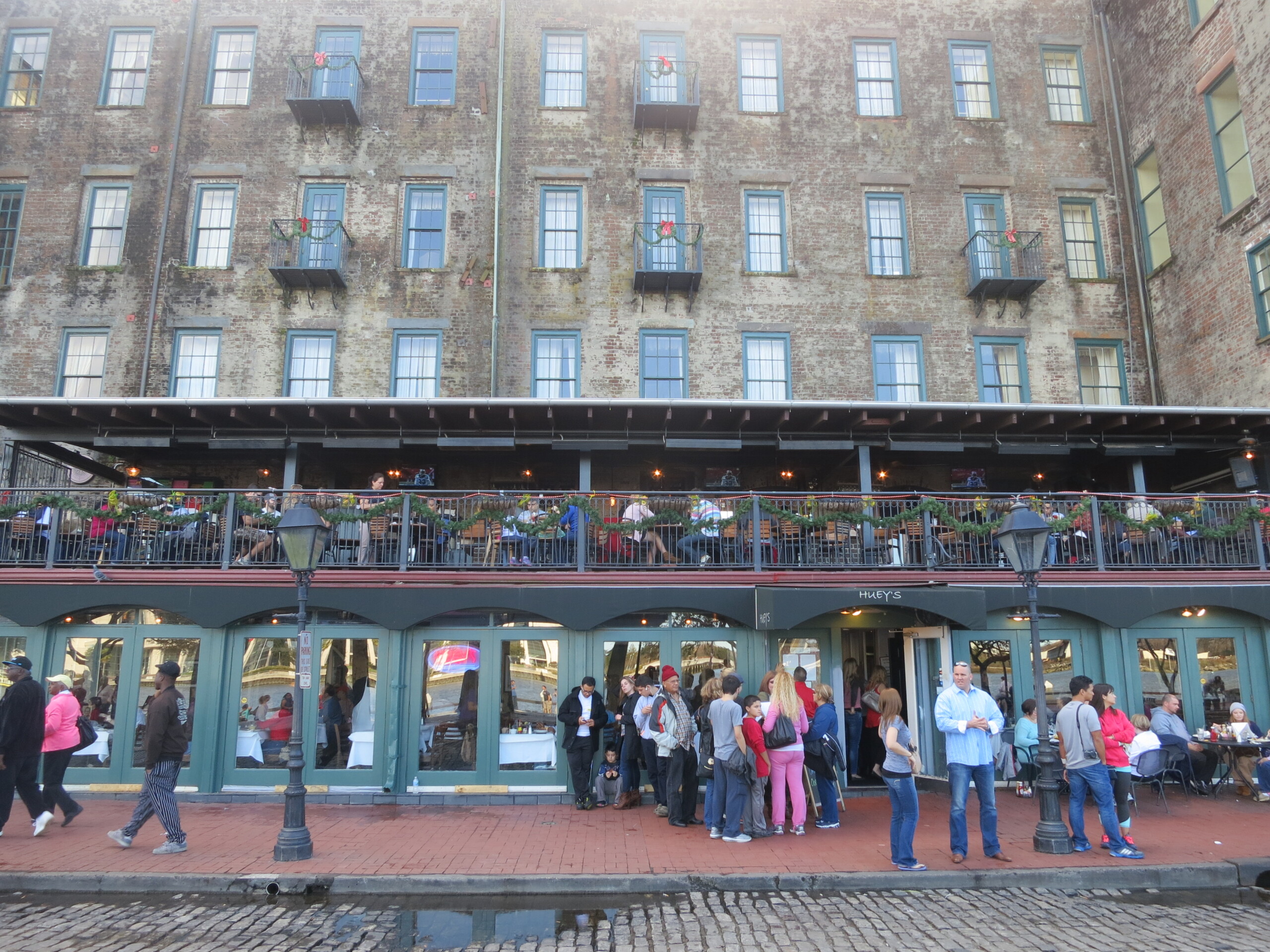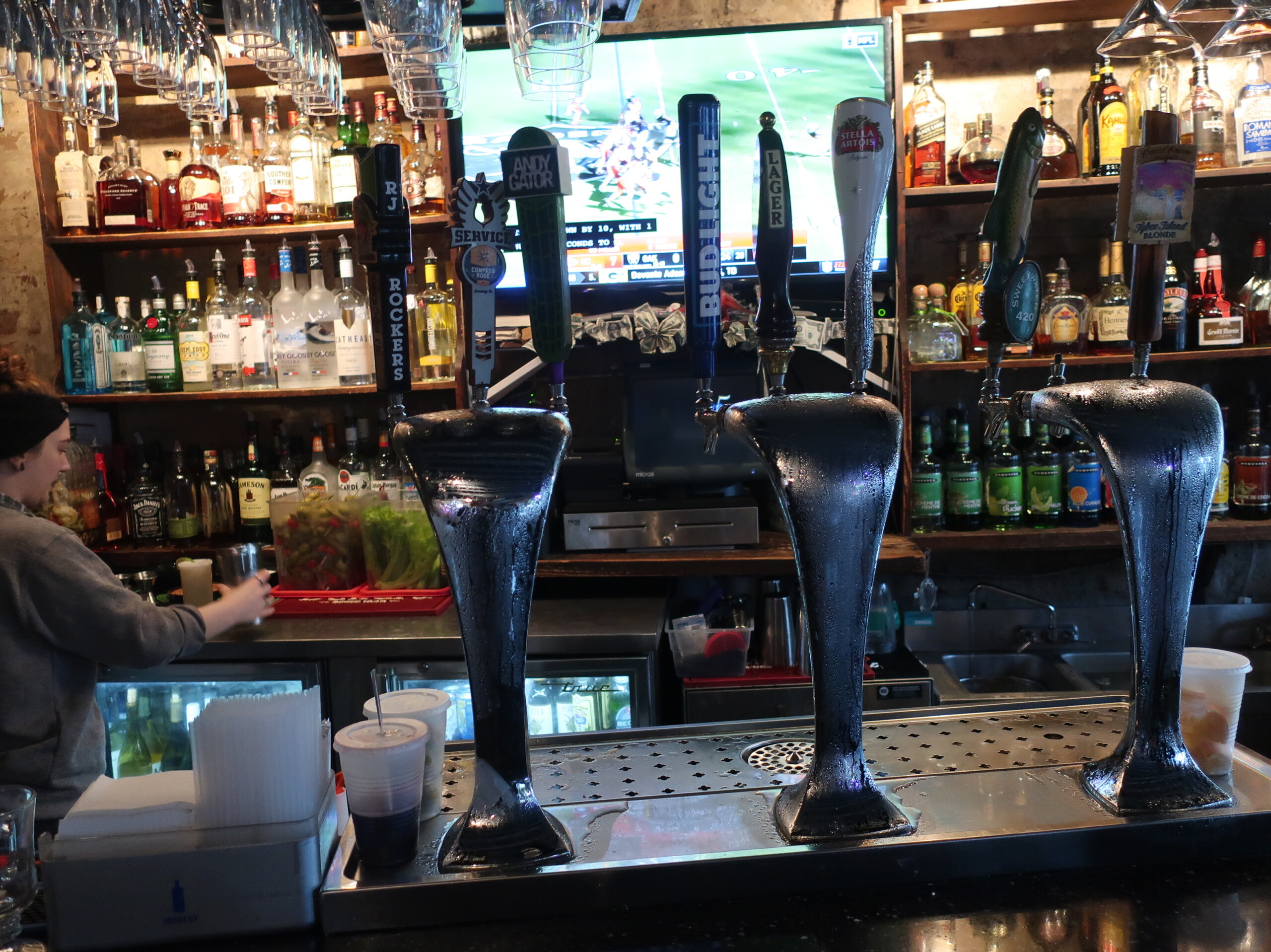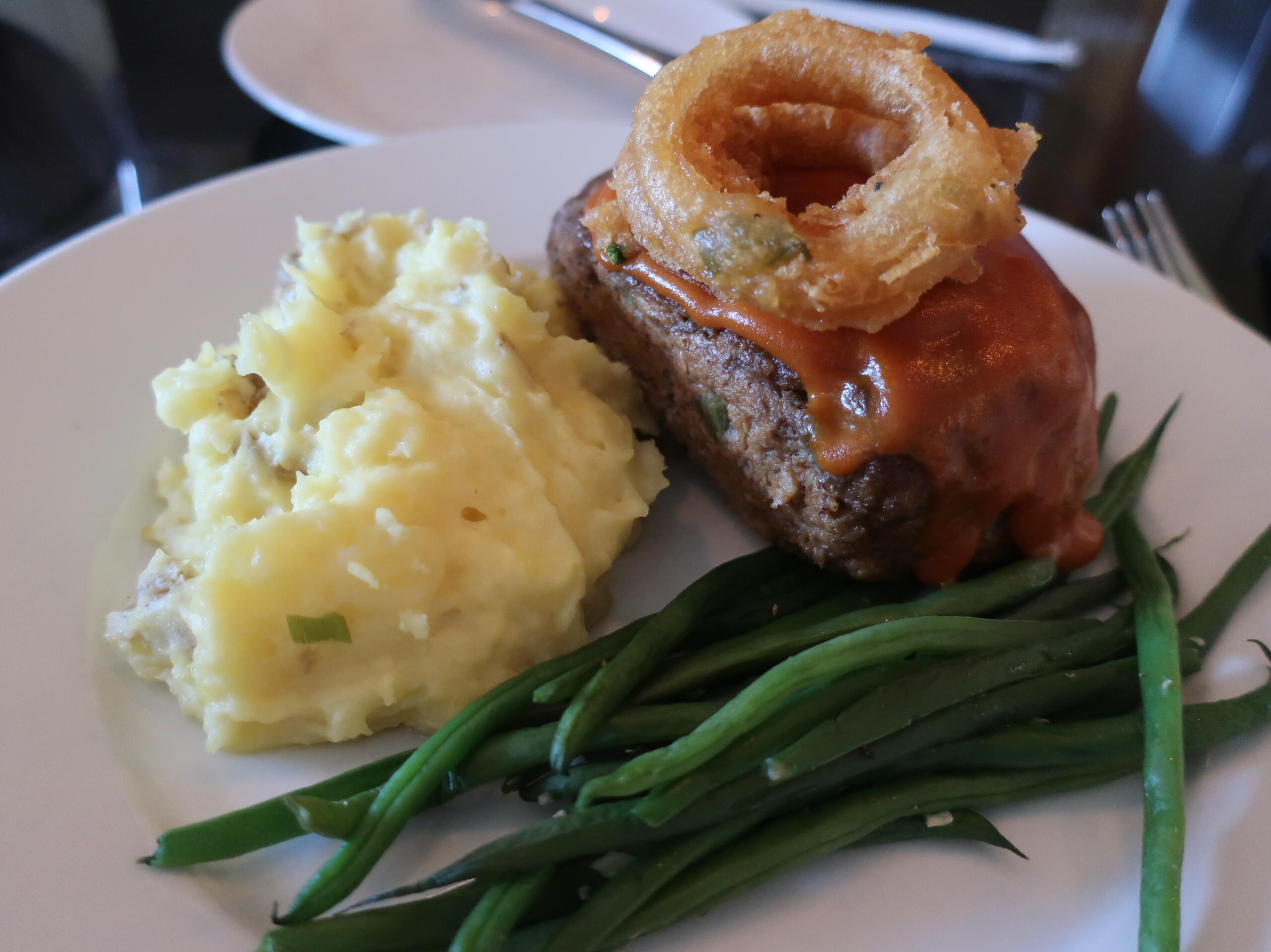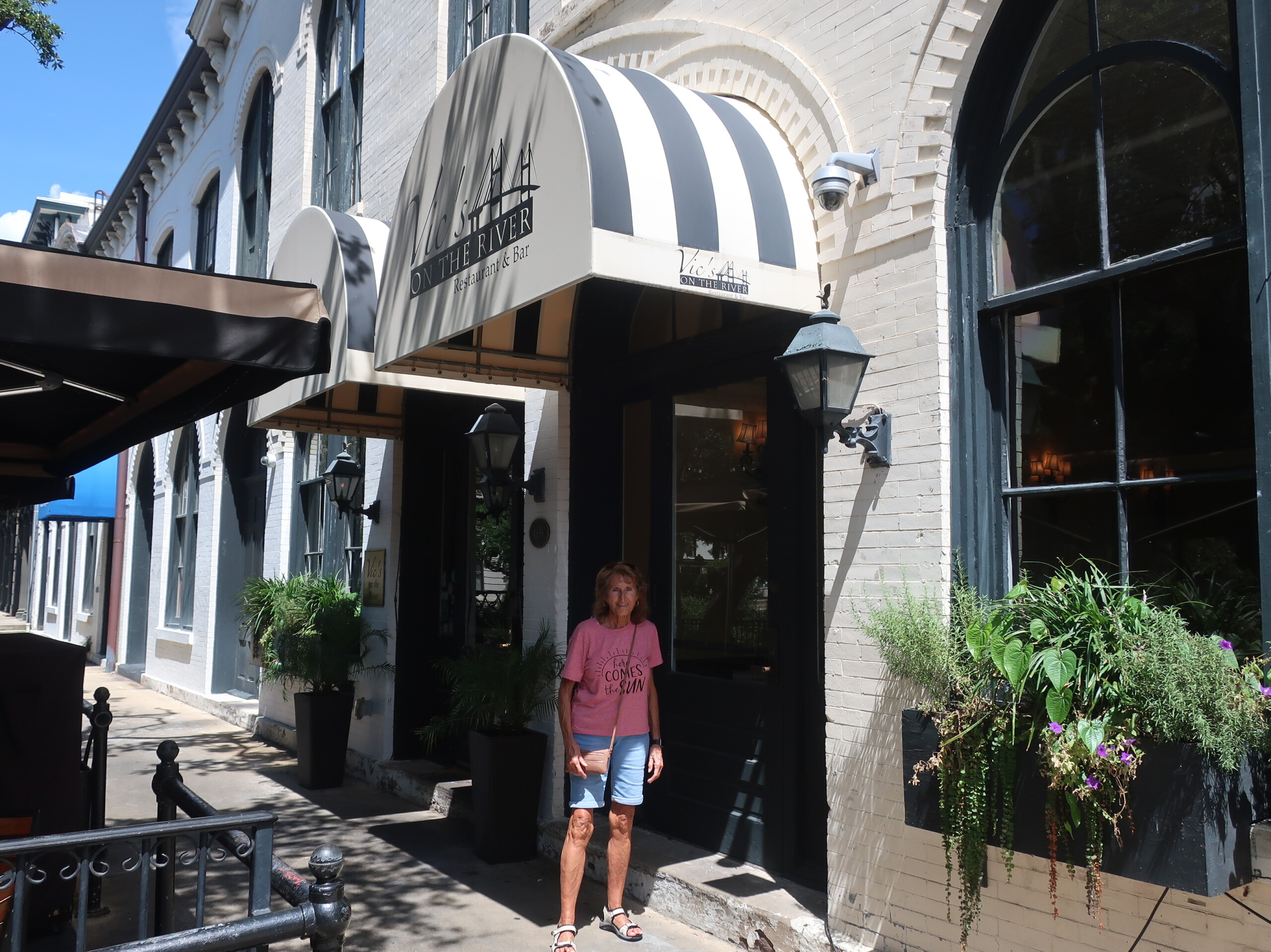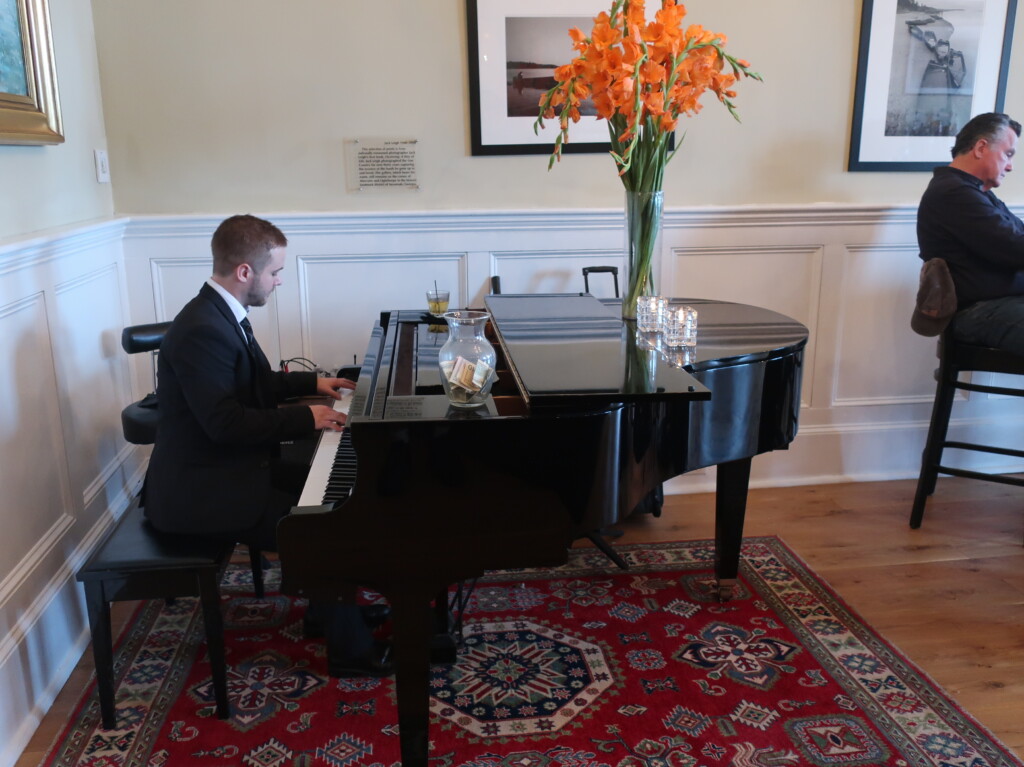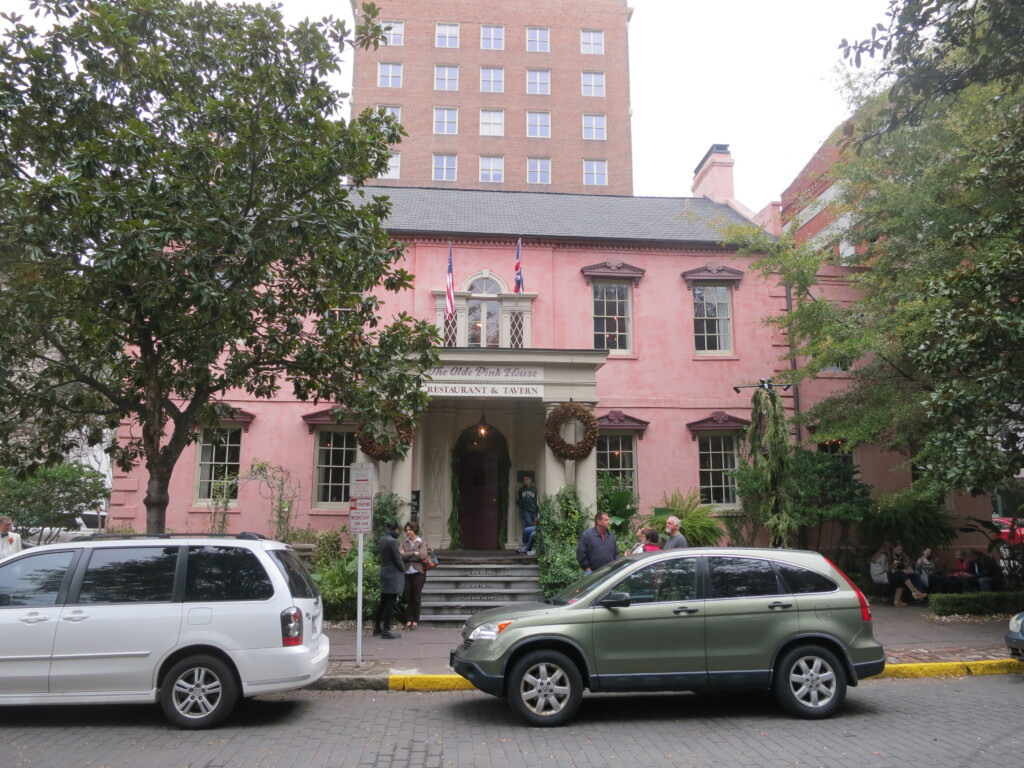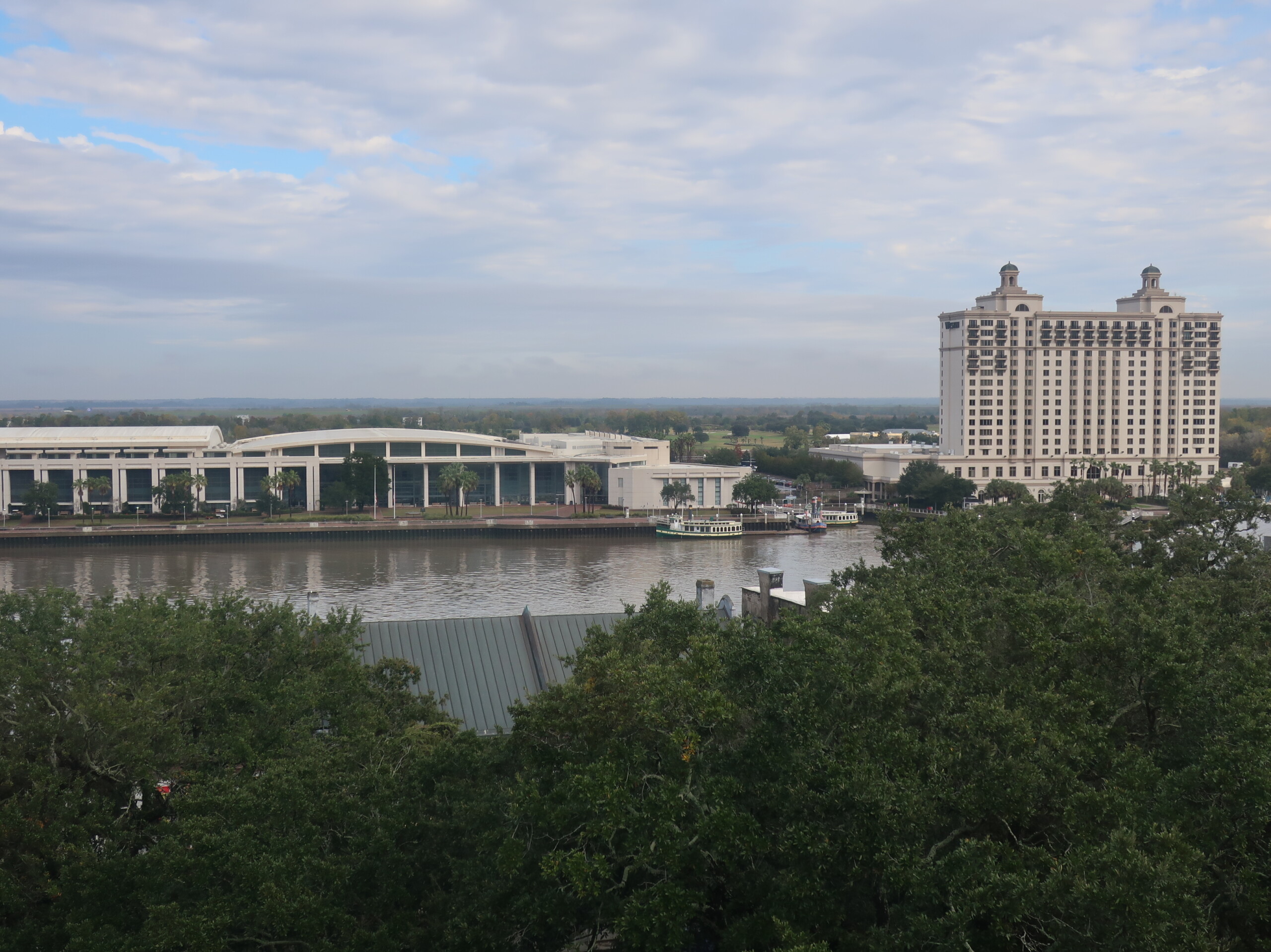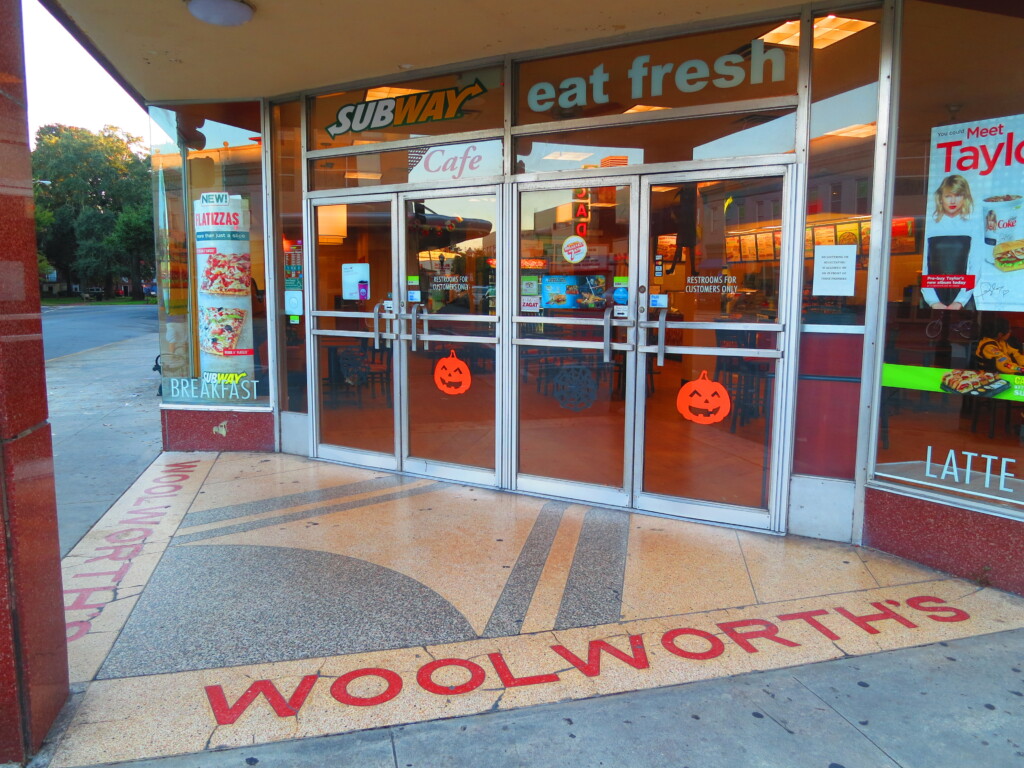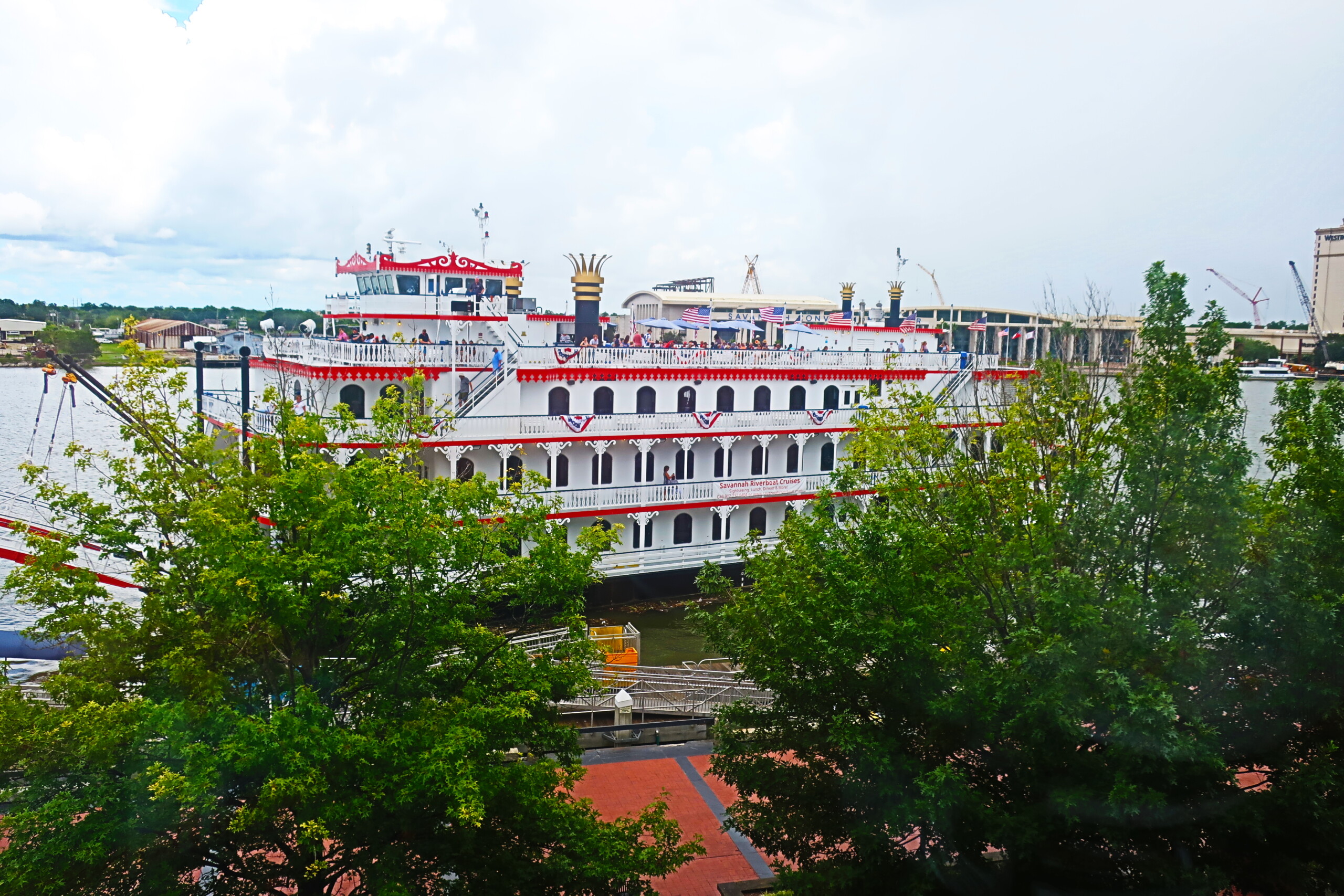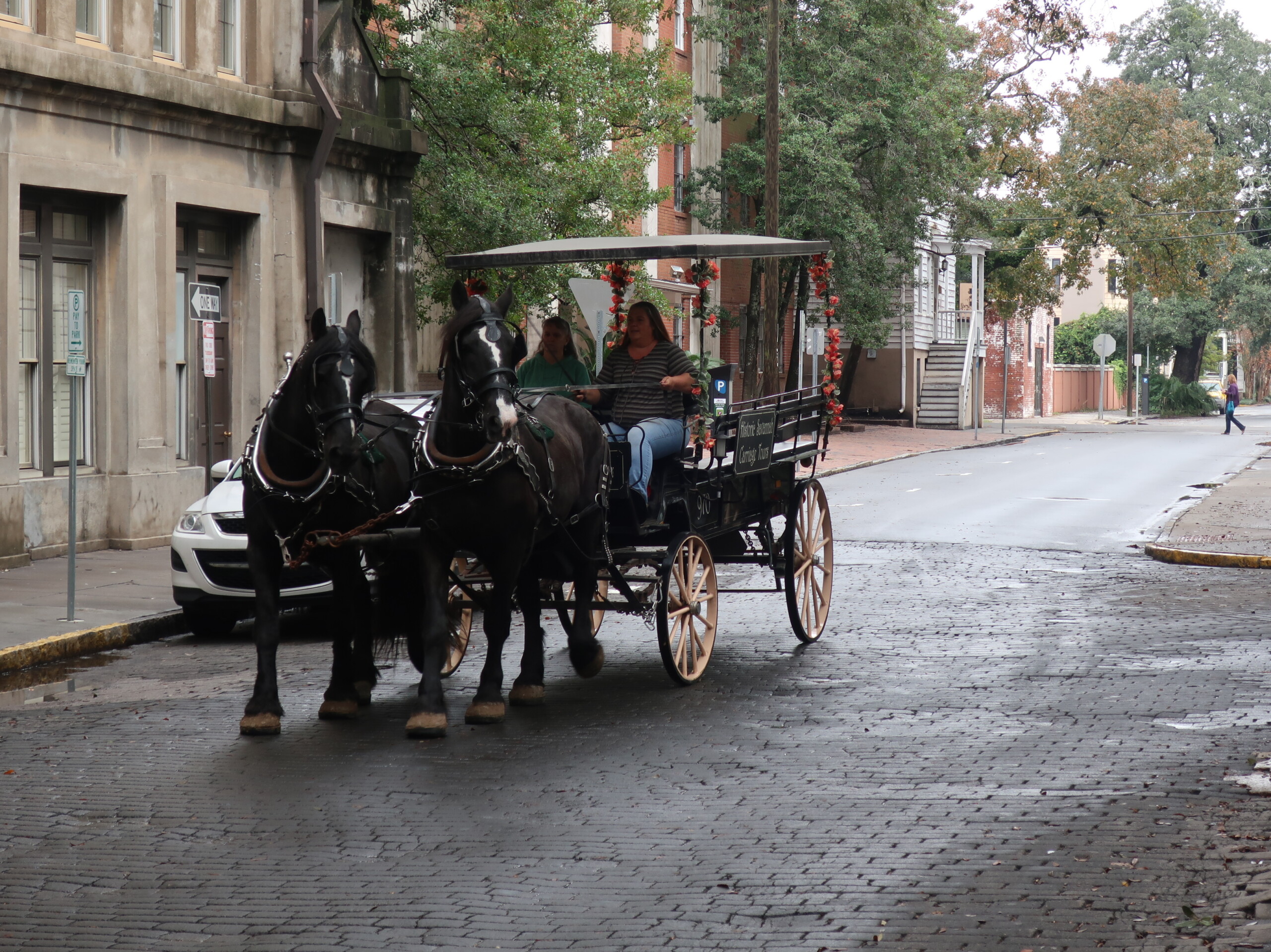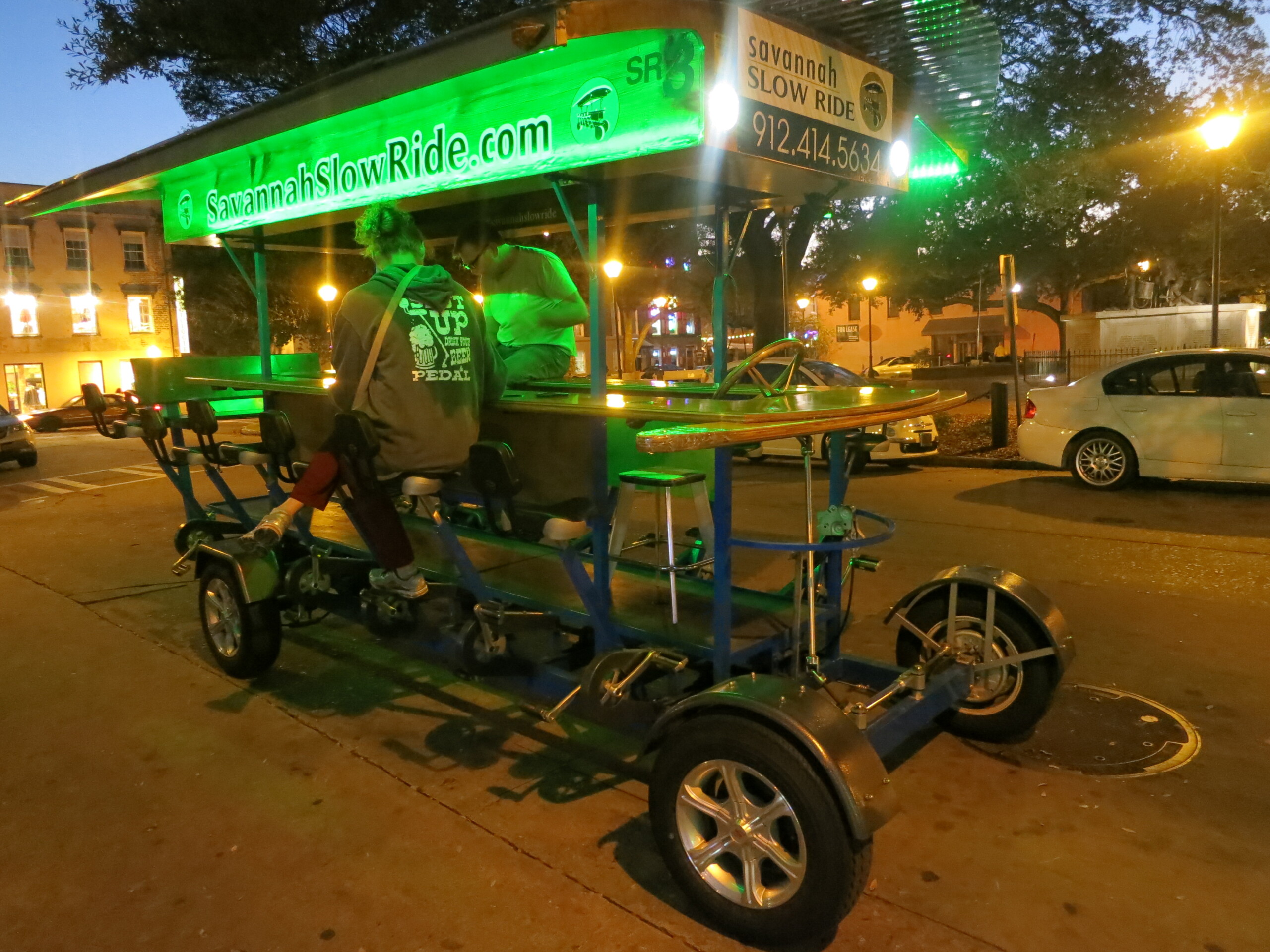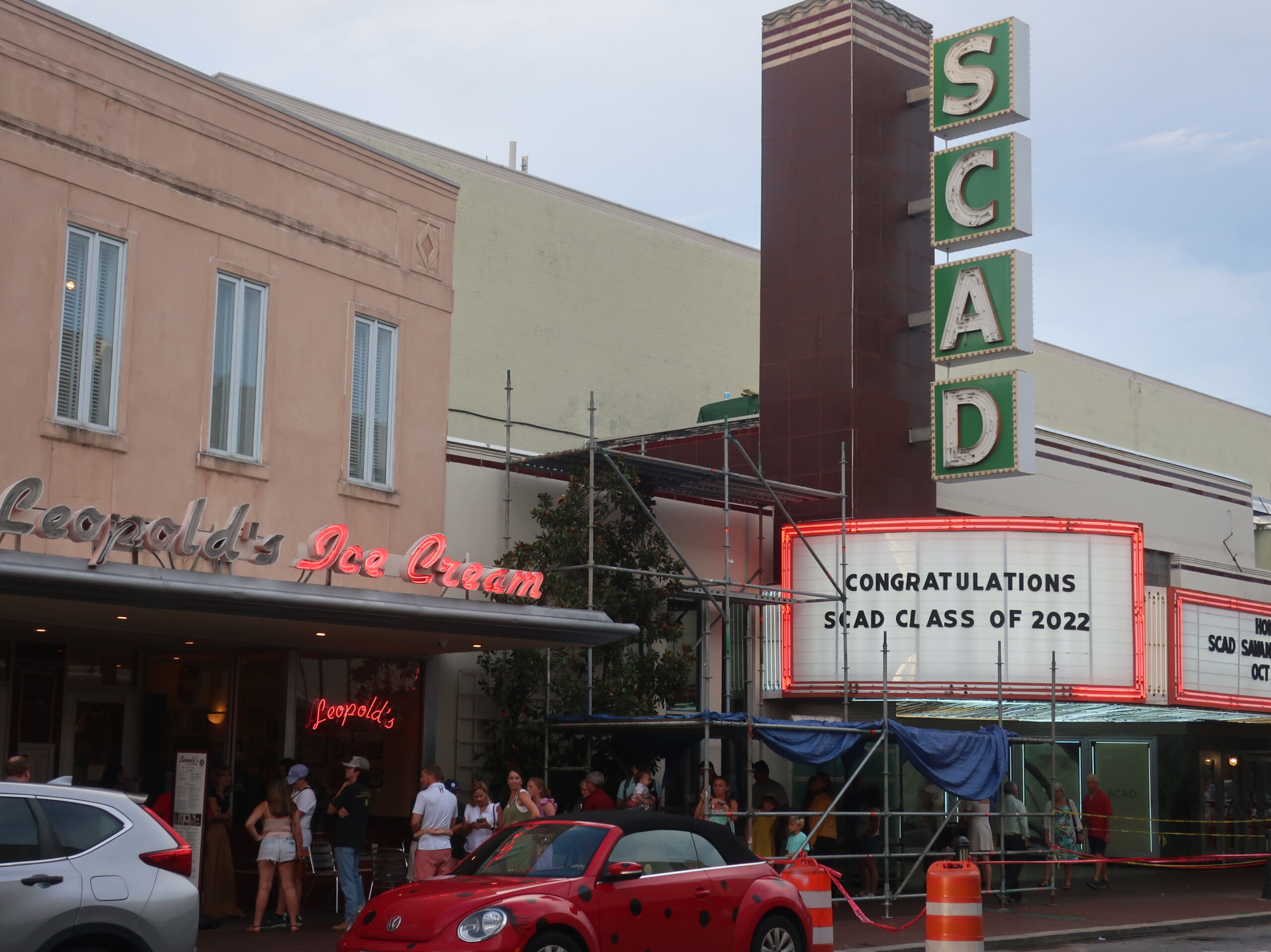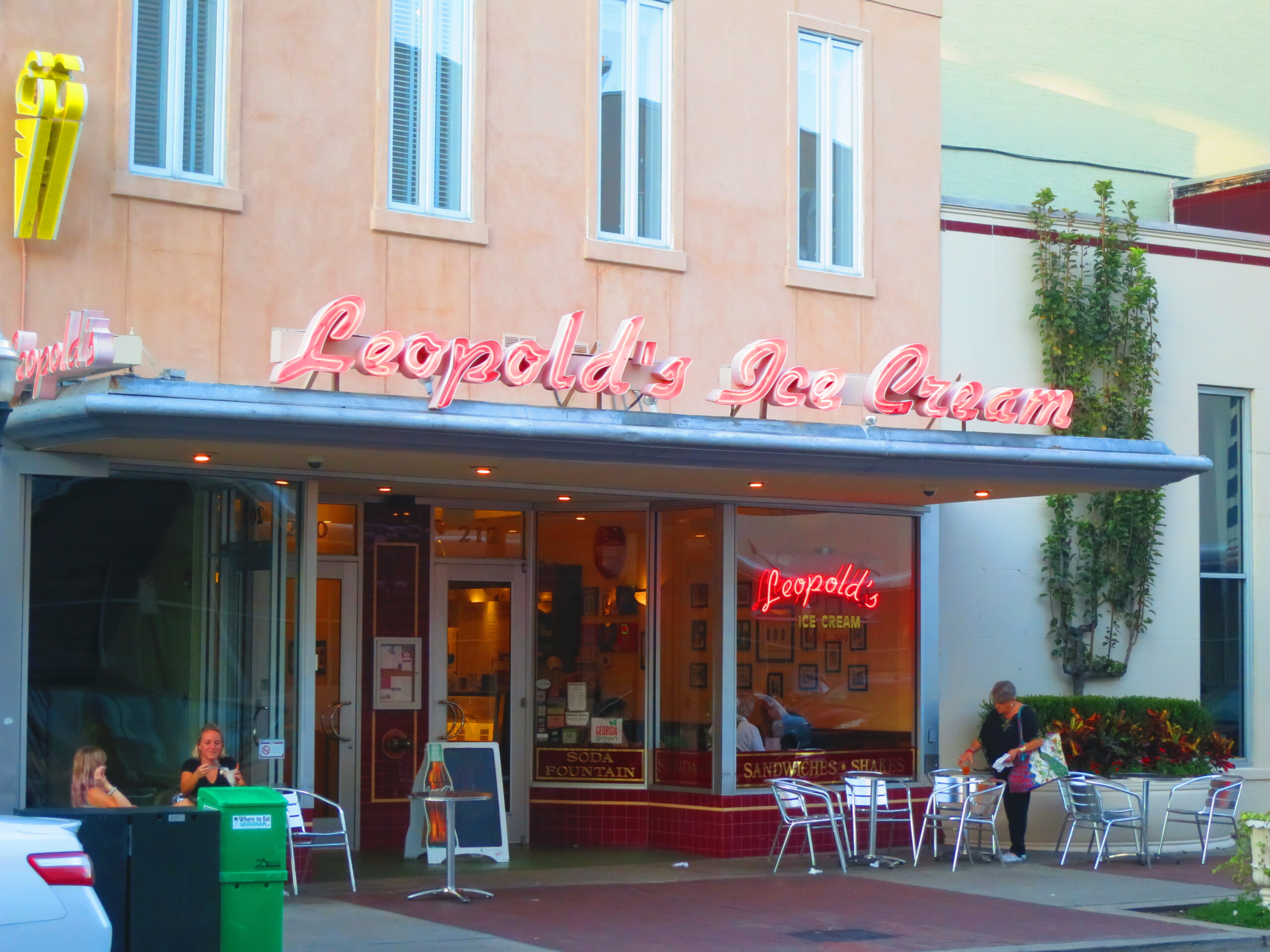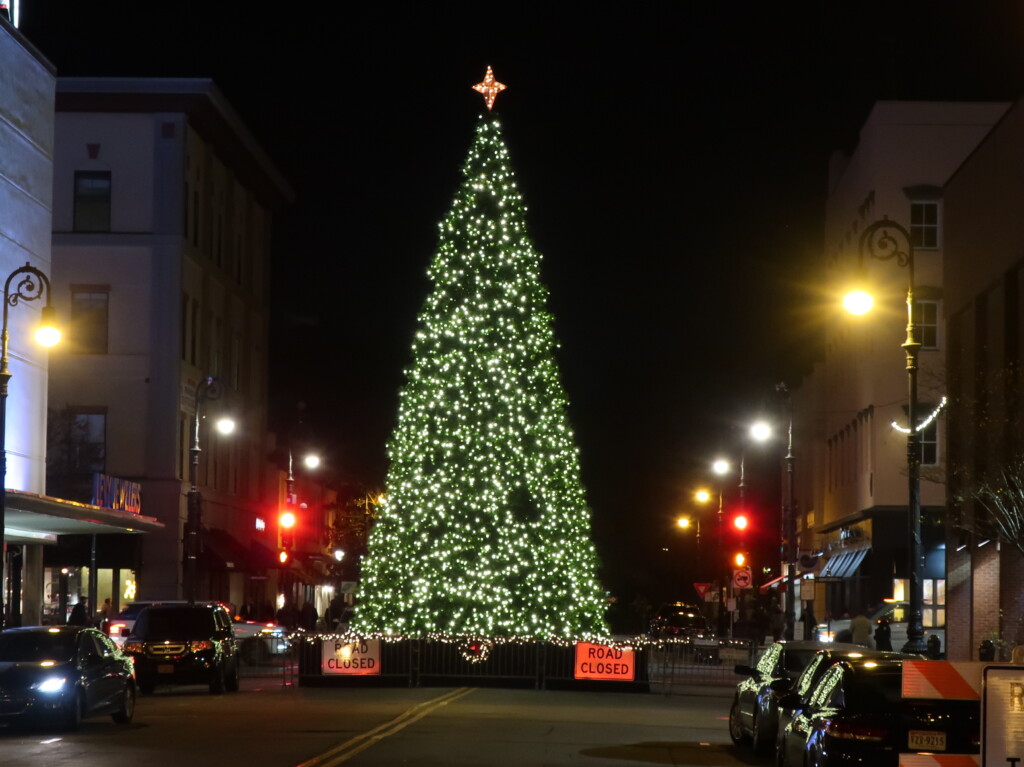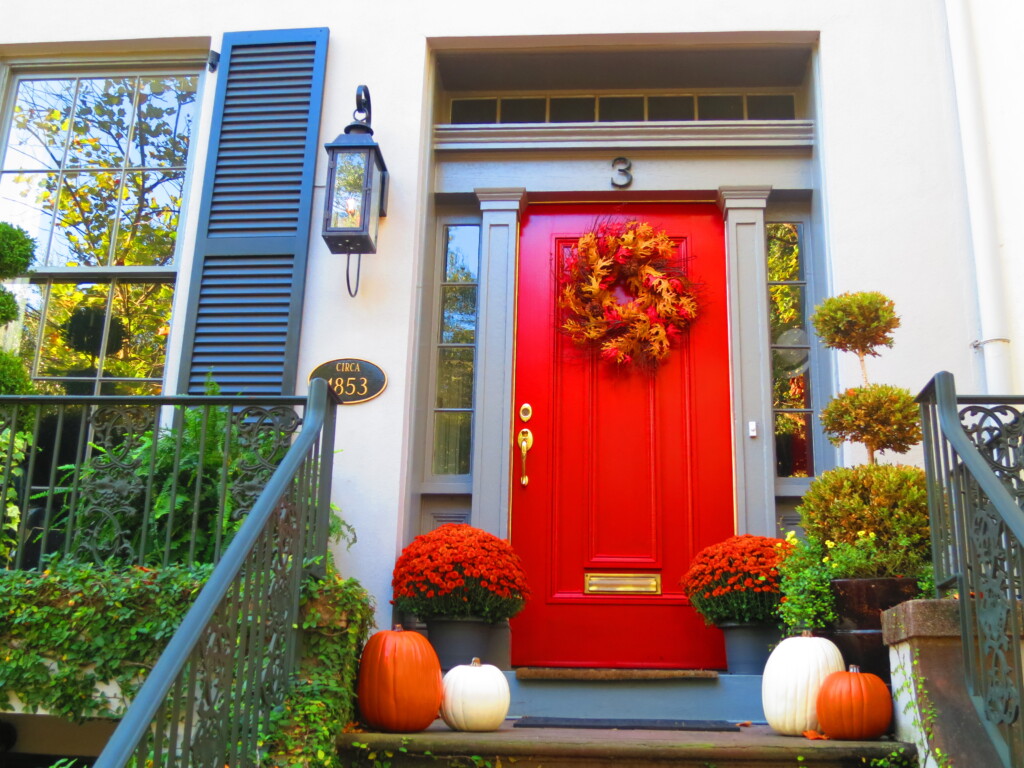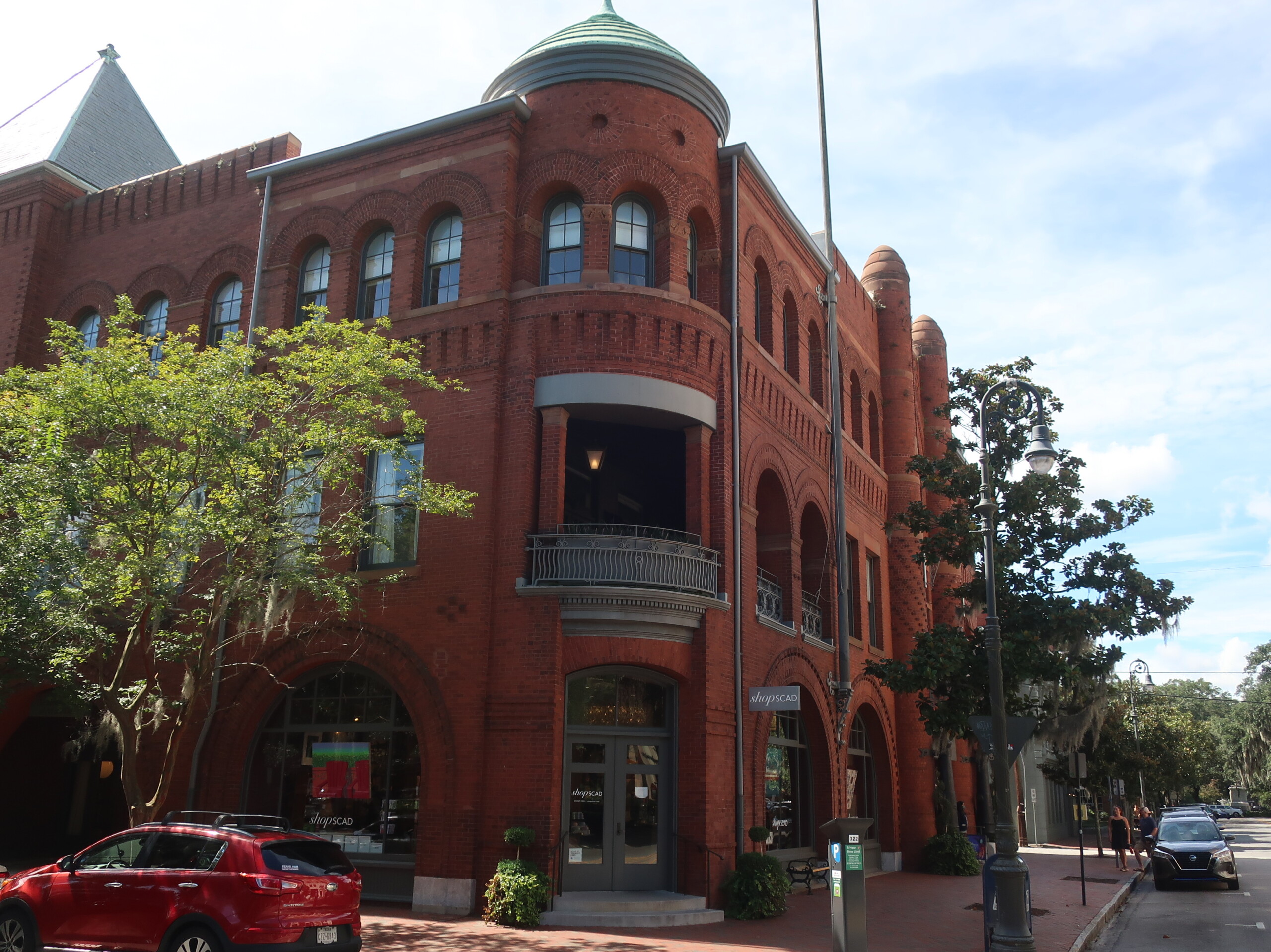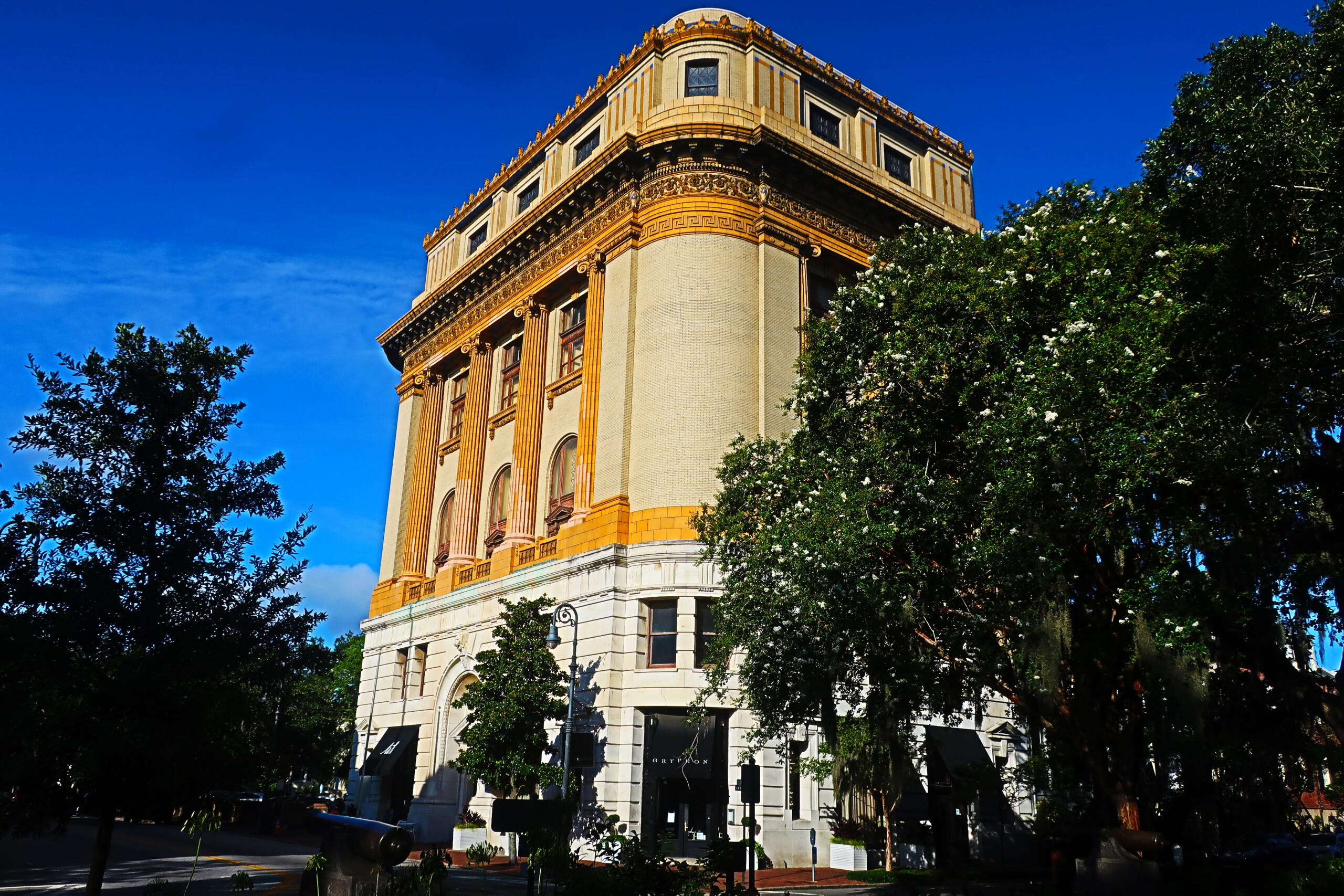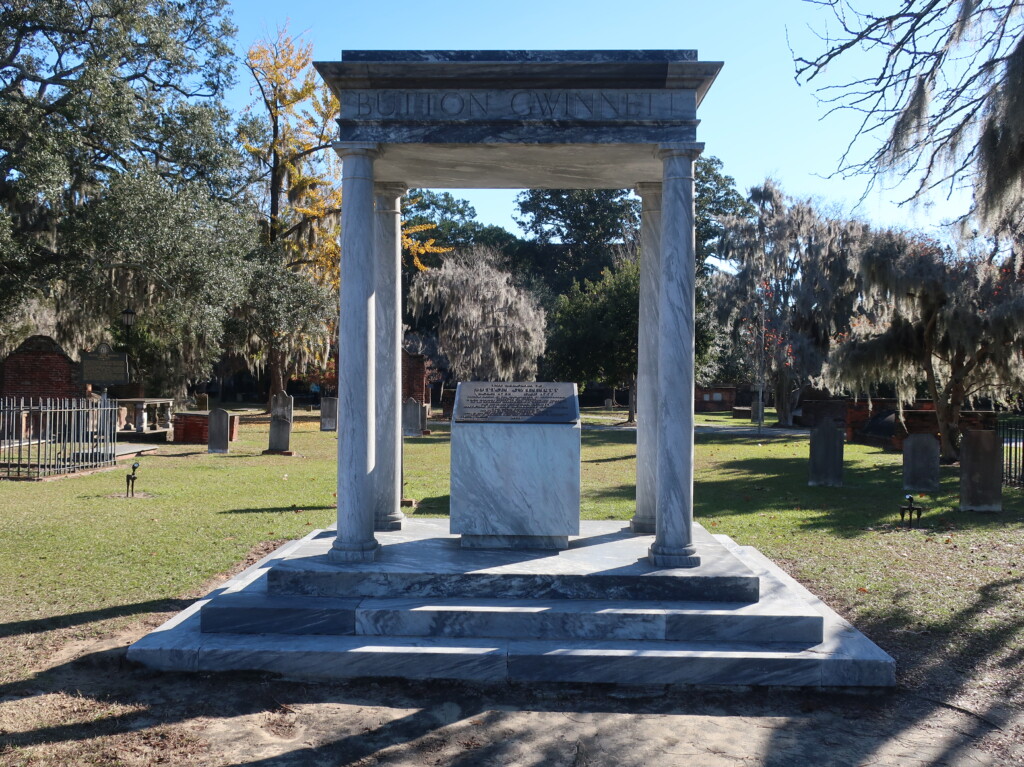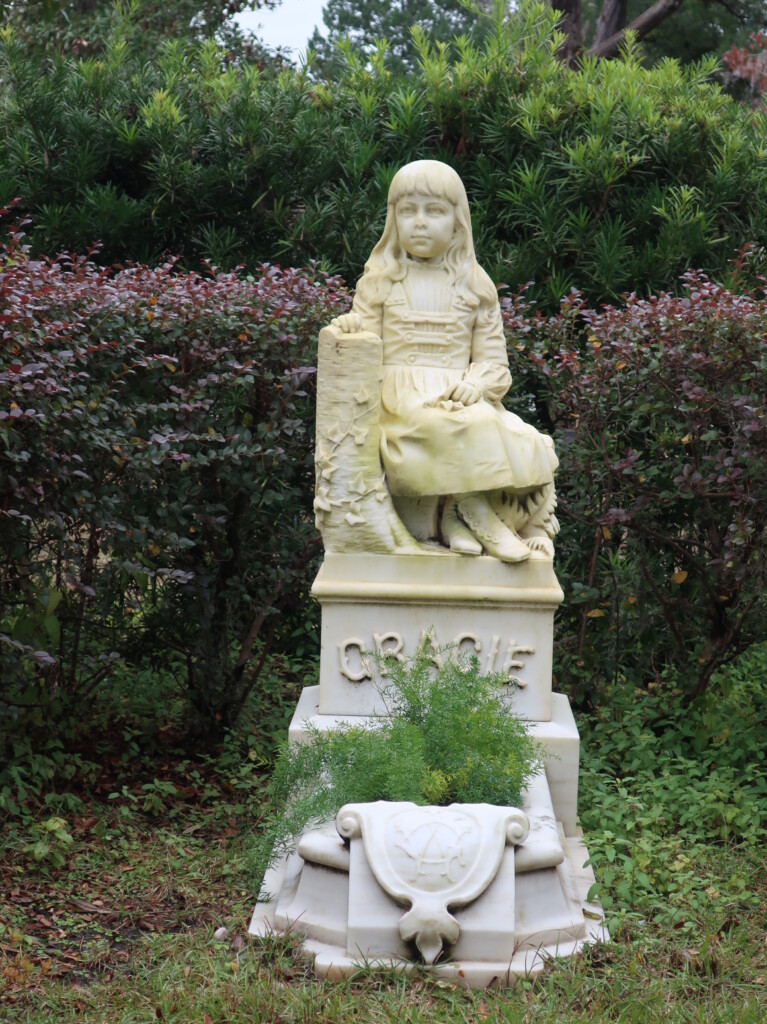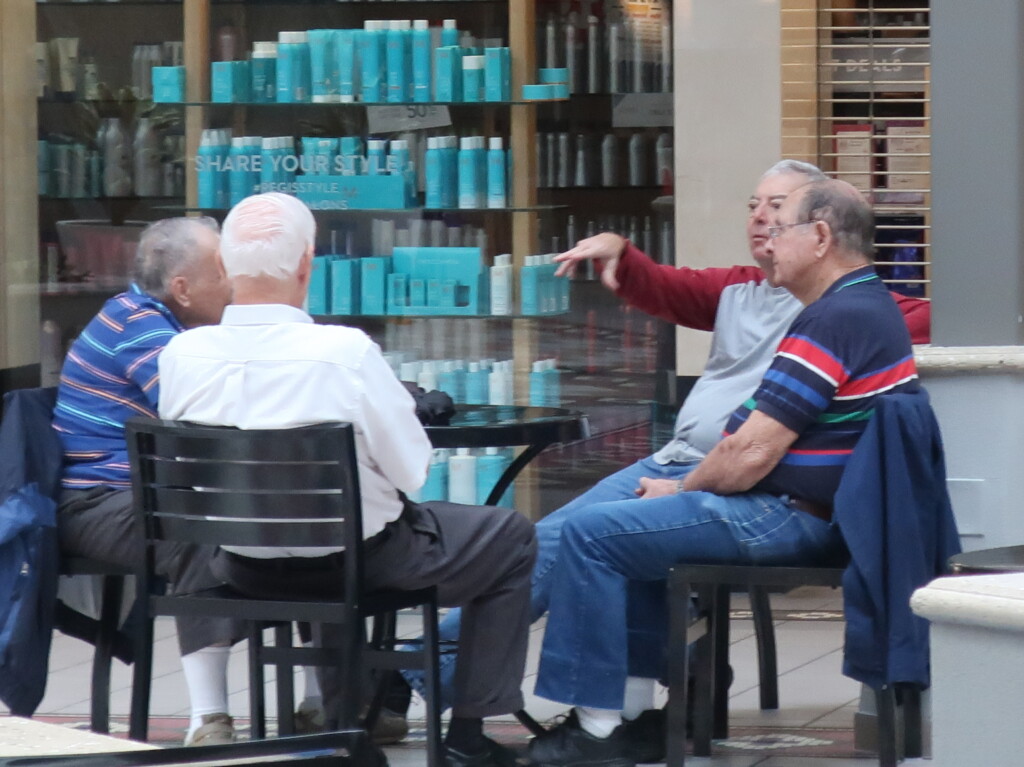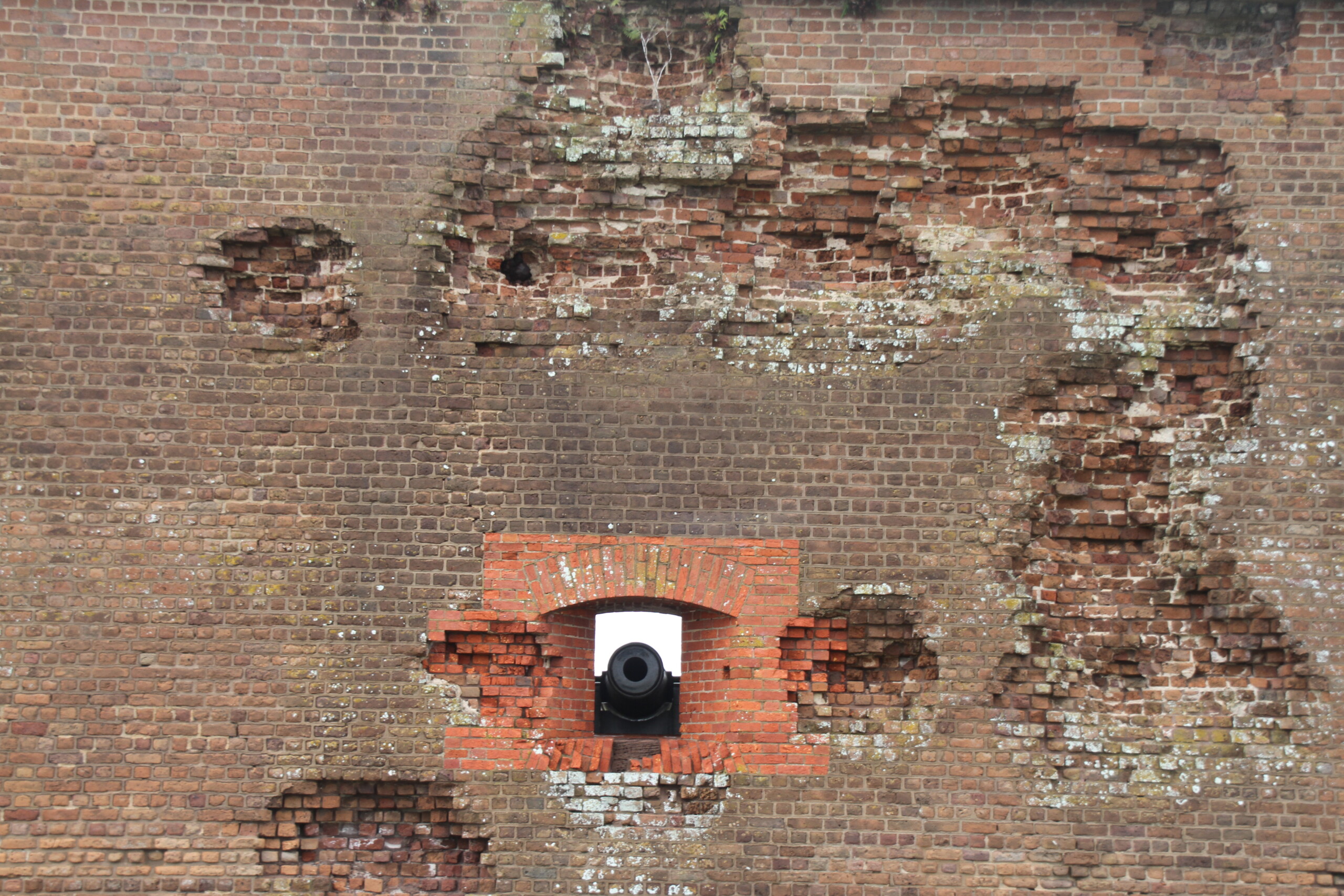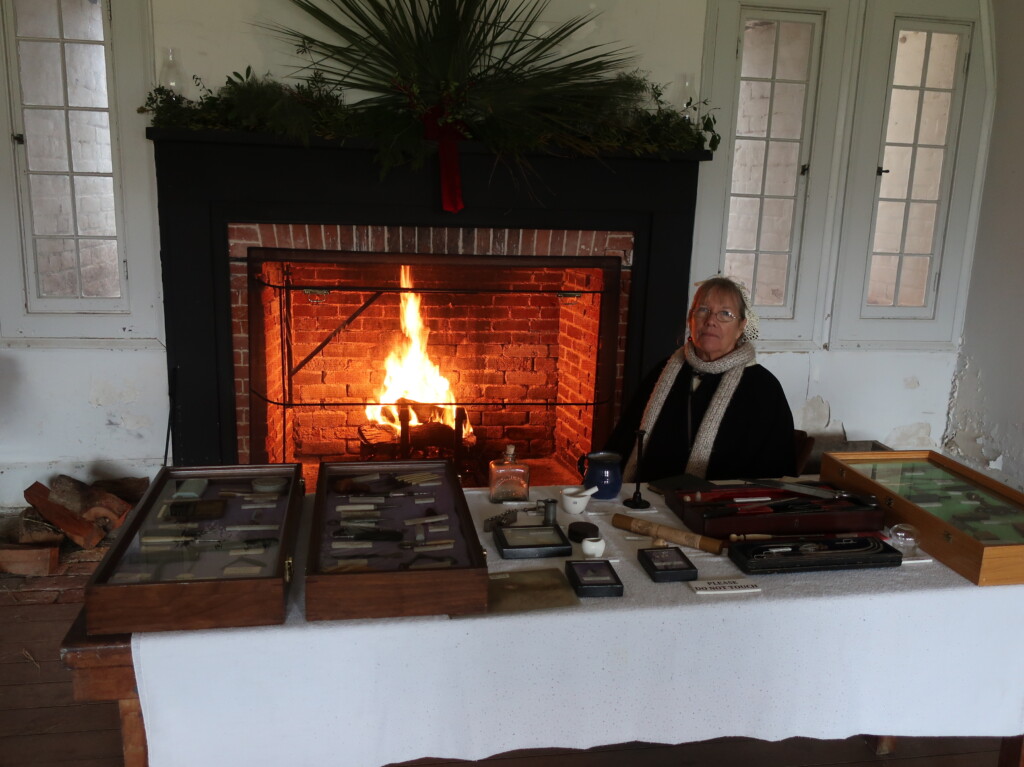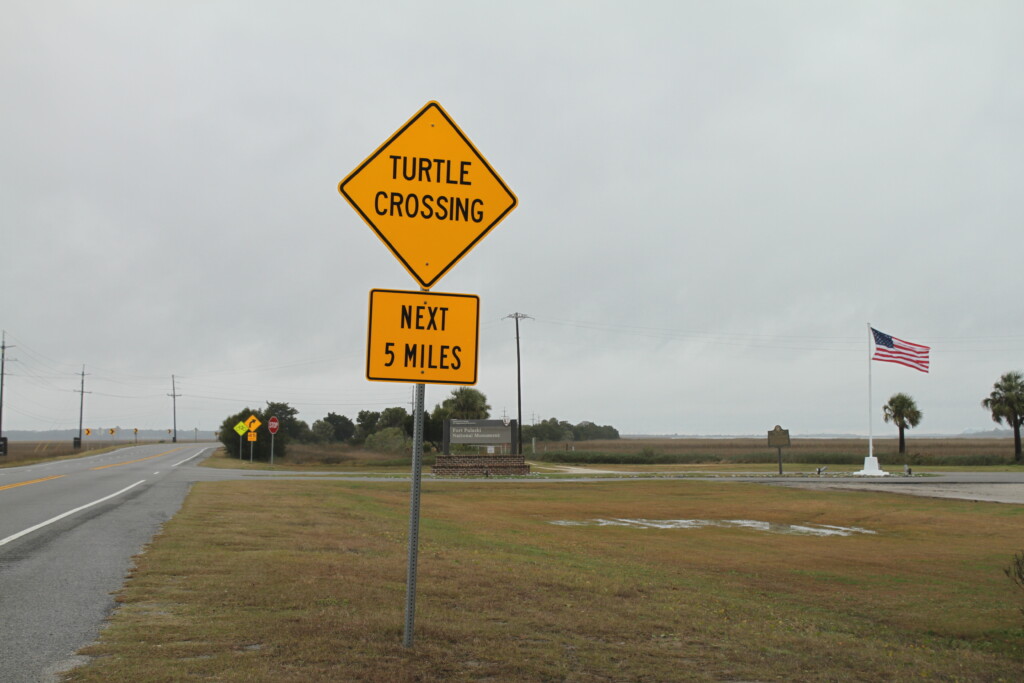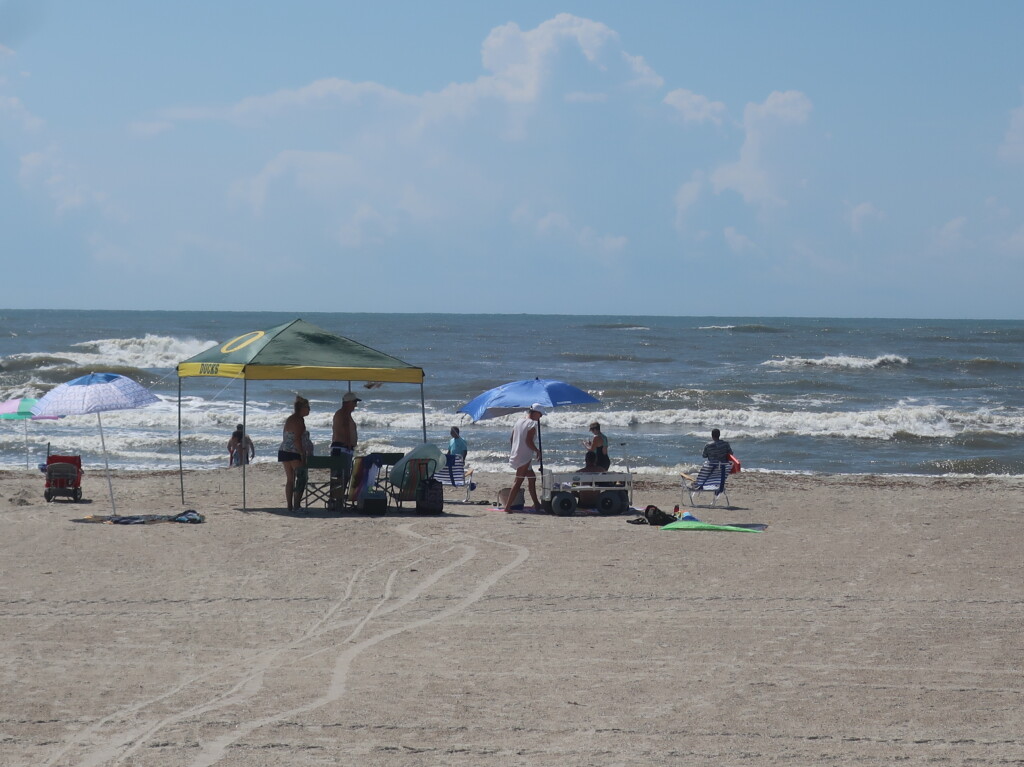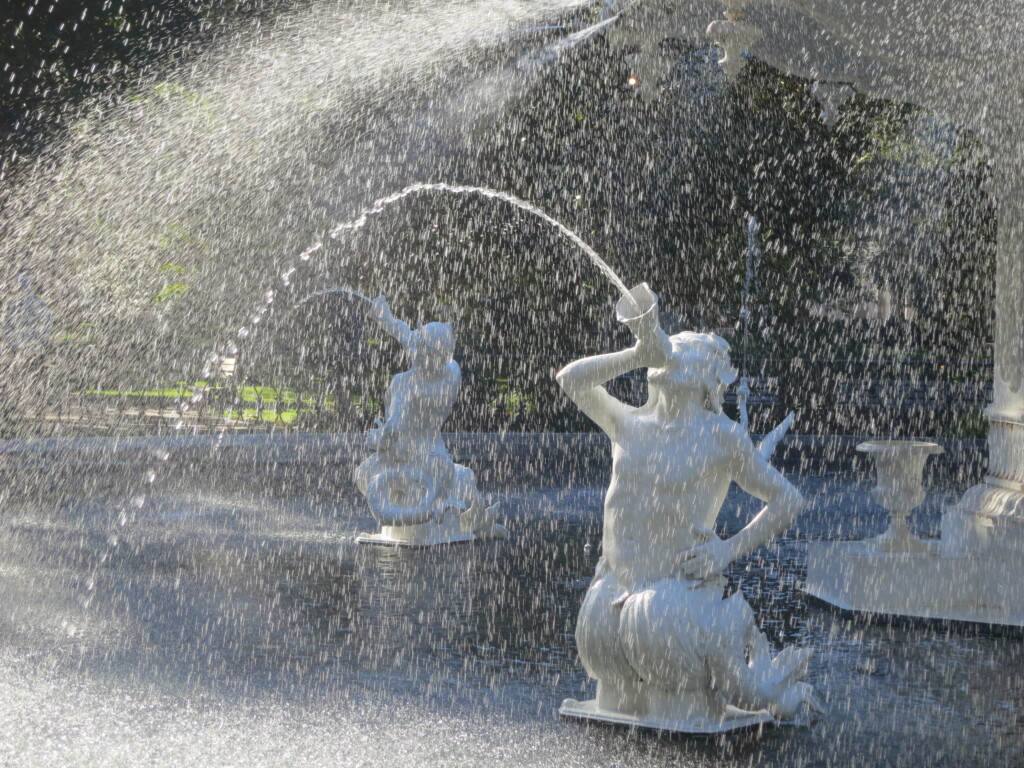It was written that the Savannah city plan is “the most intelligent grid in America, perhaps the world.” The squares of Savannah were first laid out in 1733 by its founder, George Oglethorpe. Eventually, there were 24 squares. Today, there are 22 squares left. The squares are dedicated to Savannah’s past with an emphasis honoring a person or even an historical event. Many squares contain monuments, statues and tributes to Savannah’s history.
One monument, in Reynold Square, is dedicated to John Wesley, founder of Methodist Church. John had to actually flee Savannah over issues with a local woman that created an uproar in the community. He would go on to do over 40,000 sermons and traveled over 4000 miles a year to spread the faith.
One of my favorite squares is Monterey Square. Polish General Casimir Pulaski would die in Savannah defending the Americans against the British in 1779. There is large statue of him at this square. Ironically, his remains and statue are “not” in Pulaski Square close by.
There is one square, Chippewa, that has indeed become famous for the Forrest Gump movie made in 1994. Ironically, there is no plaque or mention of that movie in the square. There is, though, a replica of the bench in the Savannah Visitors Center. The original bench is located at Paramount Studios in Los Angeles.
Along with these squares are cobblestone streets lined with ins and colonial homes. Even George Washington slept in one of these homes. Savannah was spared General Sherman’s wrath as he traveled though Georgia in 1864.
Forsyth Park, created in the 1840’s, was used as a parade ground for Civil War and WWI soldiers. It has expanded to 30 acres used for various activities such as a band stand and tennis courts. We even saw someone flying their drone in this park.
The most famous landmark of Forsyth Park, however, is the cast iron Fountain made in 1858 before the Civil War. Designed from a Parisian fountain, it does become green during St. Patrick’s day.
This fountain is indeed beautiful at night.

Couples have come to this fountain to take wedding pictures and to propose. We saw one such couple.
A Confederate statue still stands honoring all those that died for the Confederacy.
On the southern end is a statue honoring all those that fought in the Spanish American War. You really don’t see memorials to the Spanish-American War very often.
The other most visited landmark is Savannah’s River front known as River Street. For hundreds of years, it was the area where “King Cotton” was shipped to England. The Savannah River is actually very deep making it ideal for large cargo ships today to unload their containers. Savannah is the largest port in Georgia.
On eastern end is a large Marriott Hotel that was the stagging point for the 1996 Olympic Yachting event.
For 44 years, a woman named Florence Martus, would wave a cloth or even a lantern at night to ships as they went by on the Savannah River. There is a statue of her close by as Florence is remembered to this day. She would retire from her daily event in 1931.
Marriott has placed another riverside hotel on the western end of River Street. Millions of dollars have been spent to make this place unique in many ways. There is even a huge rock collection worth checking out.
Along River Street are several good restaurants. If you like Cajun, Huey’s is a favorite place.
We enjoy going to Vic’s on the River. I have enjoyed their barbeque meatloaf dish several times.
There is a piano player during Christmas.
We once sat at Vic’s close to a Civil War map that was found during renovation.
One of Savannah’s famous and loved restaurants is not even on the river, The Pink House. Reservations are highly recommended. We always manage to find seats at the bar.
I love Pink House’s “pecan pie!”
If you are looking for “Bangers and Mash,” there is no better place than “Six Pence.”
There is a free ferry that will take people across to Savannah’s Convention Center. We once saw a car show in the large hall.
Walking around historic Savannah downtown, there is always something to see and do. Broughton street is one of several unique streets filled with cafés and mom and pop style stores. Looking closely, a number of shops have the original markings of their previous owner. At a Subway, the inscription of a “Woolworths” can still be seen by the door.
We have yet to take the paddle wheel boat, a carriage ride or even the “Slow Ride” in Savannah:
My favorite ice cream store in on Broughton Street, Leopold’s. The flavor “Tutti Fruitti” was created at Leopold’s in 1919. On some days, the line going inside Leopold’s is literally down the street.
At Christmas time, there is usually a large Christmas tree along Broughton Street.
For the most part, the historic Savannah homes do not go over-board on decorating. Christmas decorations was something not done in colonial times. If you want to see a town lite-up, a trip to St. Augustine, FL. is in order. You may see more decorations during Halloween time in Savannah.
A word that one can see quite often in Savannah is “SCAD.” It stands for the “Savannah School of Arts and Design.” Paula Wallace, one of the founders of SCAD, saw the dilapidated buildings of Savannah as treasure in 1978. One can argue that SCAD helped save historical Savannah. There is a welcoming “free” visitors center on Bull and East Charlton Street.
In the walk around historical Savannah, there is a sizeable 1750 Colonial Cemetery to see. Three of the 9,000 buried here are signers of the Declaration of Independence. A huge monument stands to celebrate one of those signees, Button Gwinnett. In reality, his bones are thought to be lost. A year after signing the Declaration, Button, who was 42 years old, would die from wounds received from a duel. Ironically, his personal signature is sought out by collectors. There are only 51 authentic Button signatures known. One of those signatures sold for $1.4 million dollars.
Just outside historic Savannah traveling east is Bonaventure Cemetery made famous from the 1994 novel Midnight in the Garden of Good and Evil. Clint Eastwood made a movie with that same name. It is actually one of the few movies I ever fell asleep. We most remember the grave stone of “Little Gracie Watson.” She was but six years old when she died of pneumonia in 1889. A statue of her was carved to celebrate this girl short but interesting life.
The Oglethorpe Mall is but a few miles from downtown. It is a good place for walking if there is rain. We love the group that sit, talk and have coffee.
Tybee Beach is 17 miles from downtown Savannah. Along the way is the famous Fort Pulaski National Monument. It was here in 1862 that canons roared back and forth between North and South. Canon holes and shrapnel can still be seen in the walls of this majestic bastion. After 112 days, the South would surrender the fort.
On a cold day in December, we caught this volunteer in the fort by a fire.
We have never seen one, but apparently, there are turtles along the route.
The largest lighthouse in Georgia is located on Tybee Island.
A nominal fee is charged to park along Tybee beach. Maybe not the color blue of the Caribbean, this beach is a favorite for many though.
There are quite a few sleeping options in Savannah. There is a good number of B&B’s. If the prices are reasonable, we like to stay at the Hampton Inn by the historic district as we are Hilton Honor Members. There is also another Hampton by an Embassy Suites just west of the historic area. In certain times of the year, prices for rooms can be quite reasonable as well as horribly expensive.
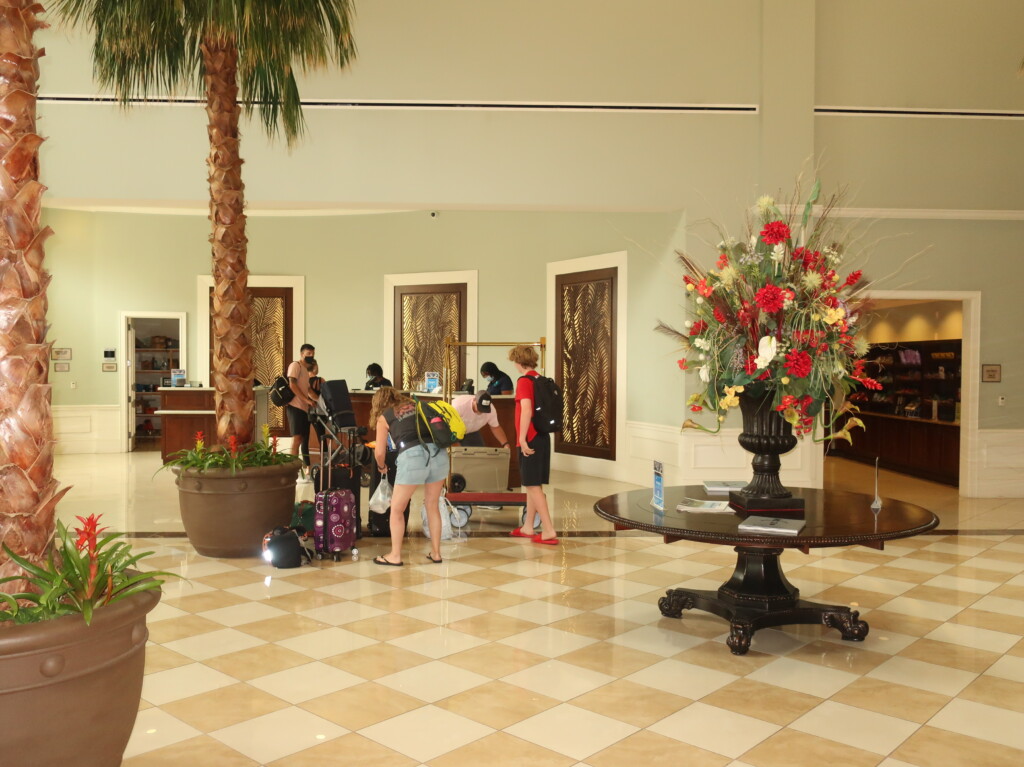
Savannah is but two hours from Charleston to the north and Amelia Island to the south, less than that to Hilton Head. The Savannah ambiance keeps drawing us year after year. Thank you for reading our sojourns to charming Savannah. Happy Trails.
Marty & Kathie Bielicki, 9/26/ 2022

